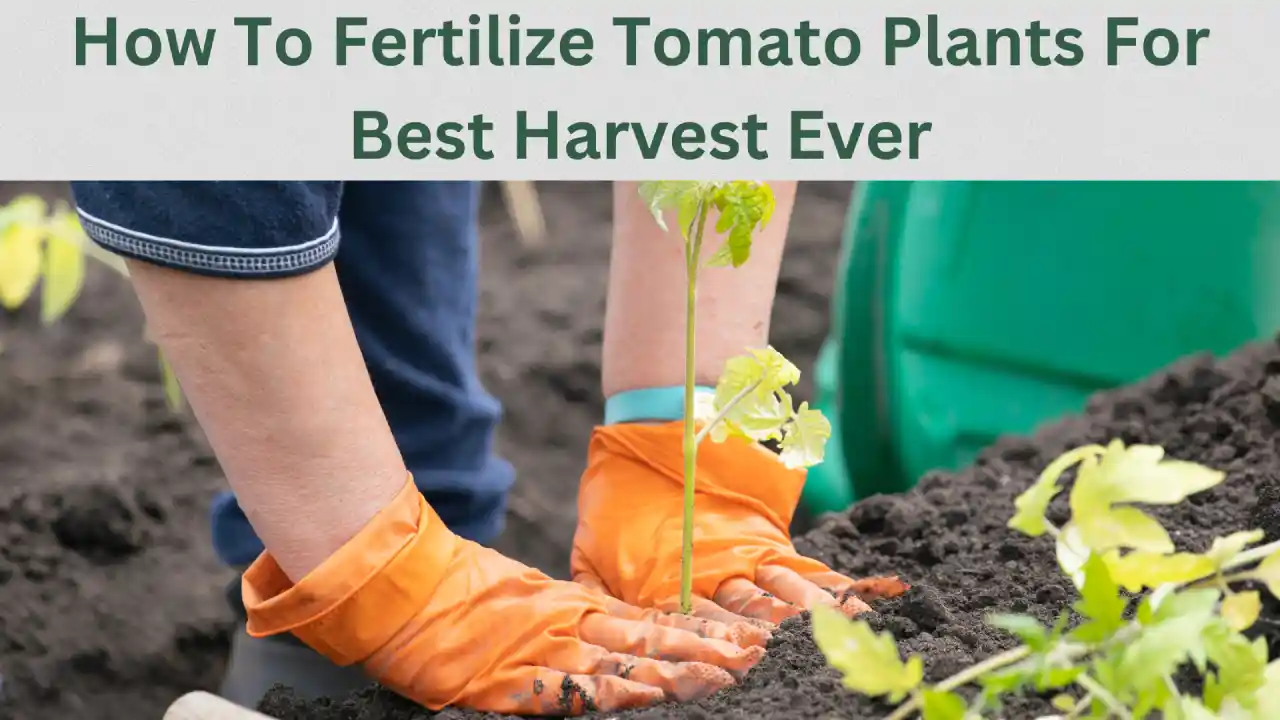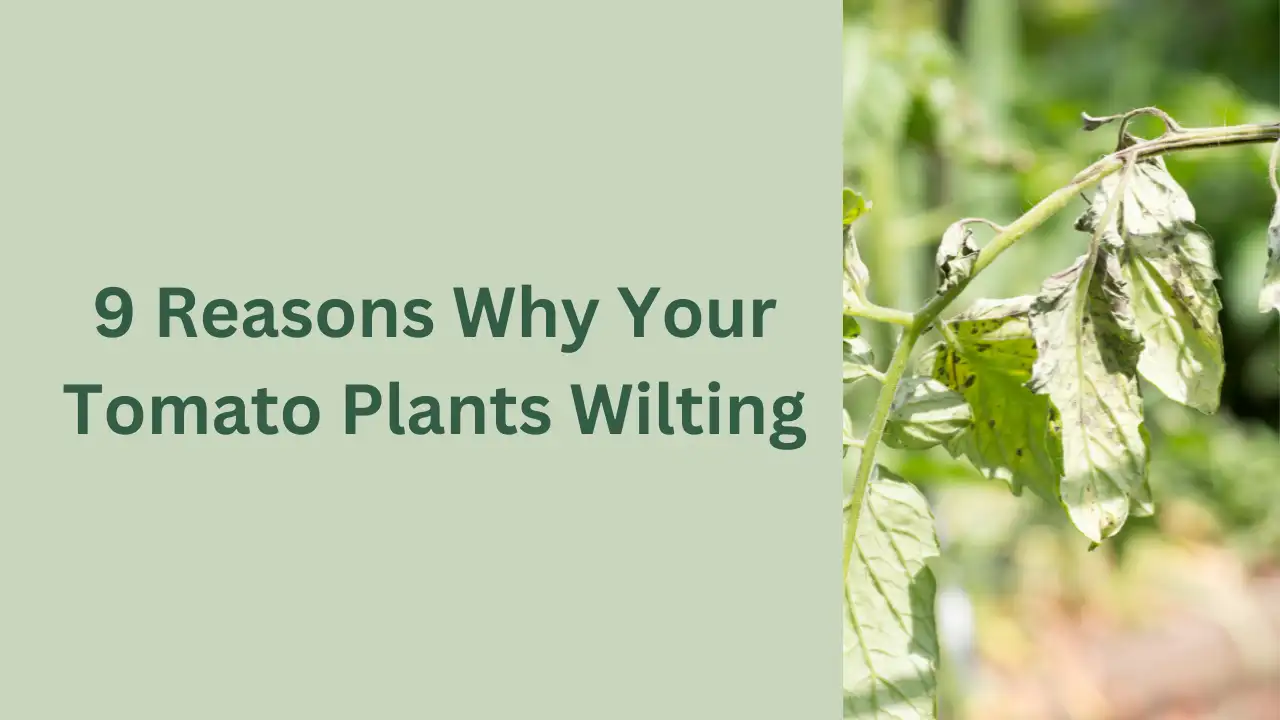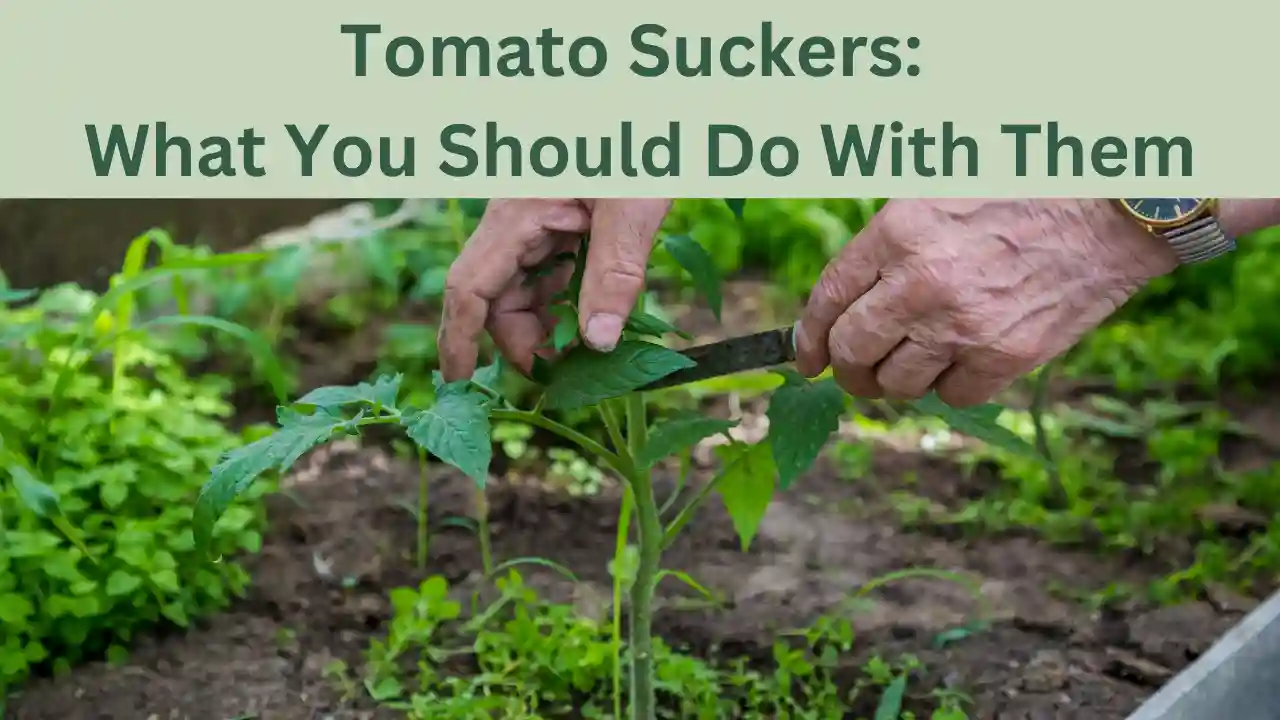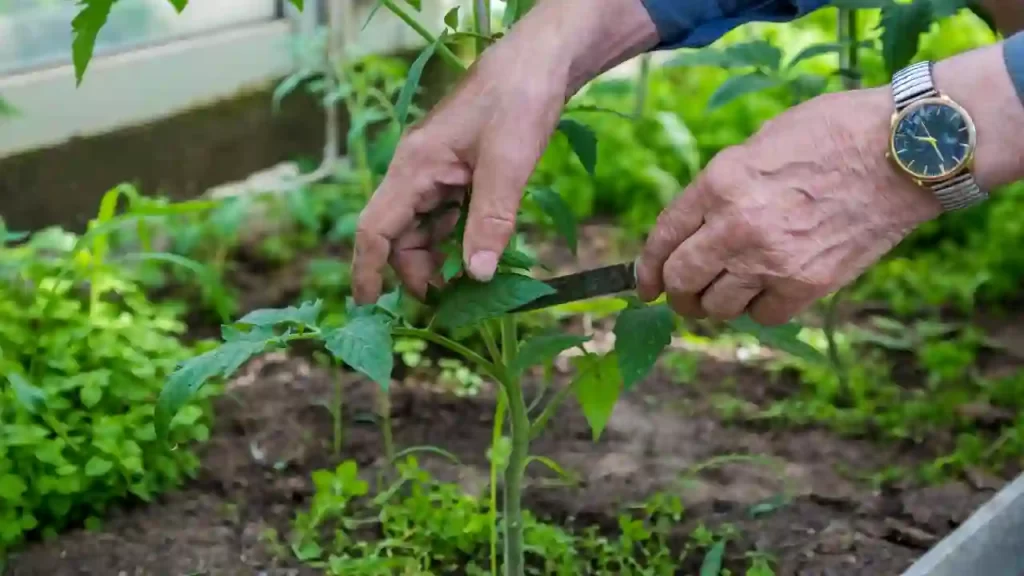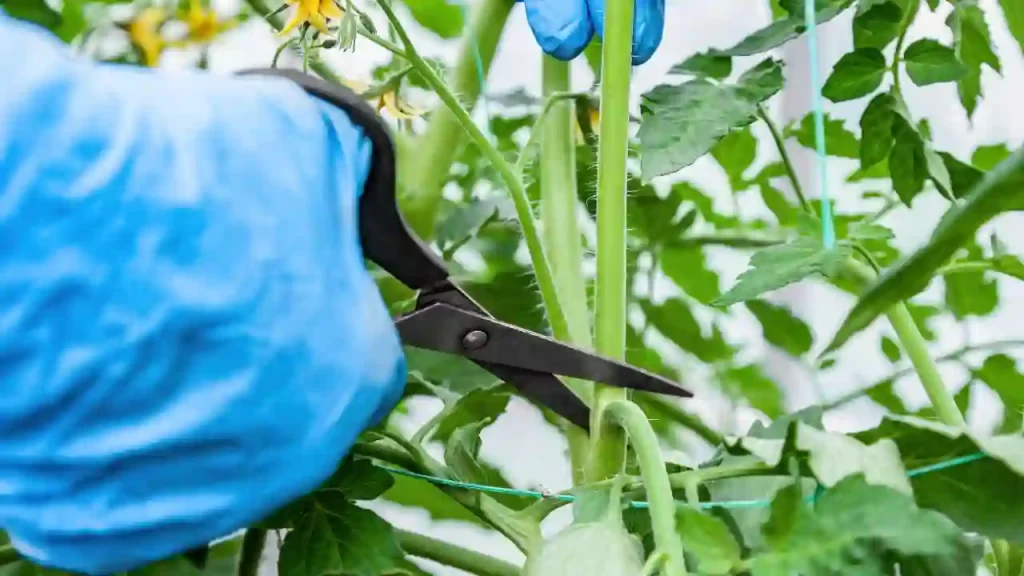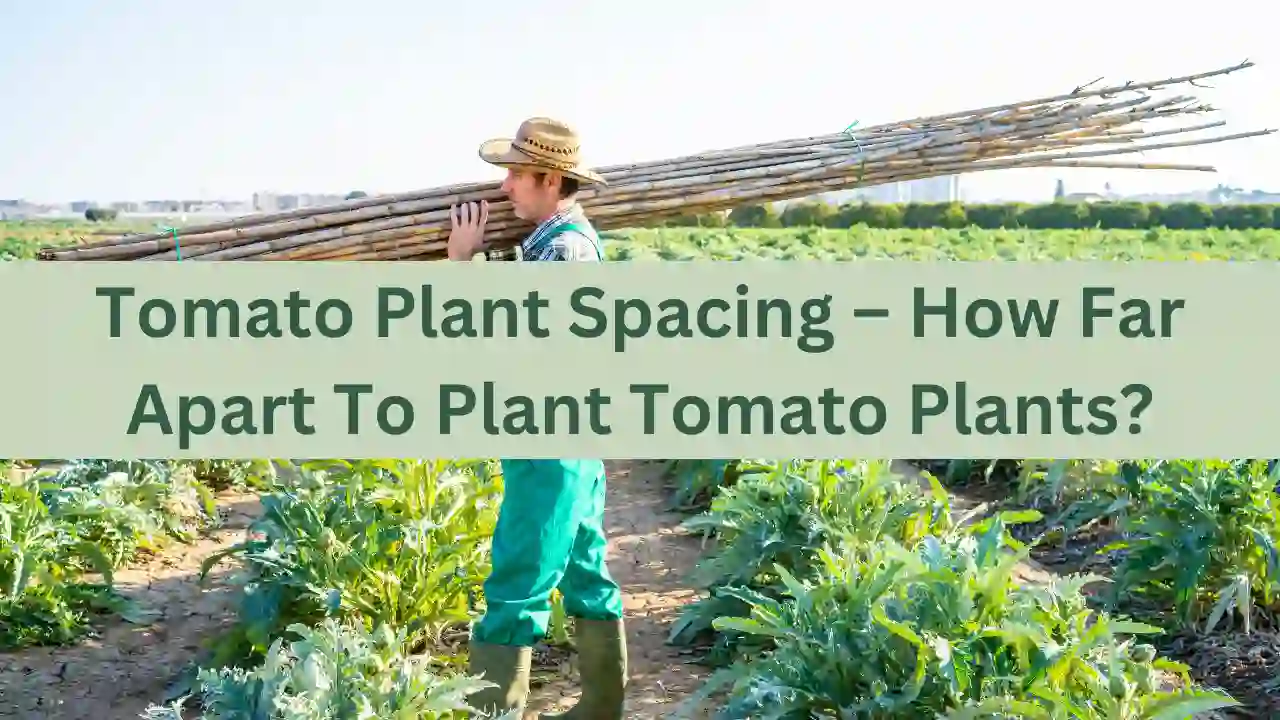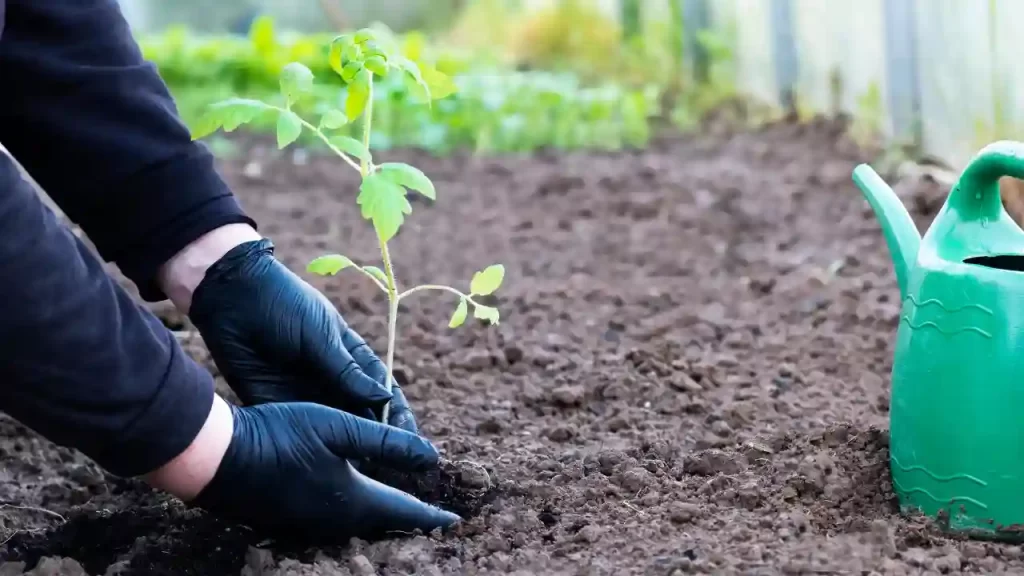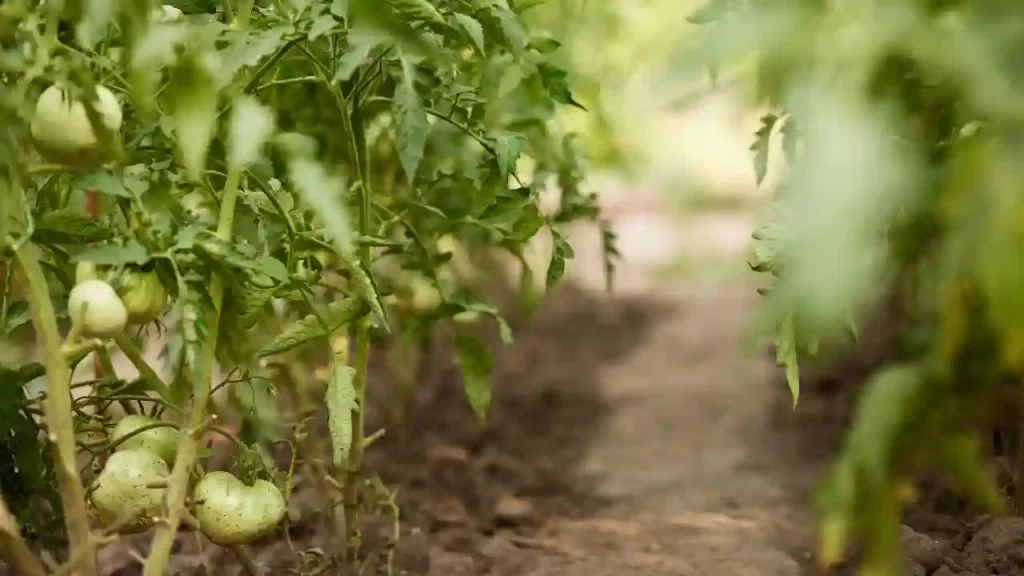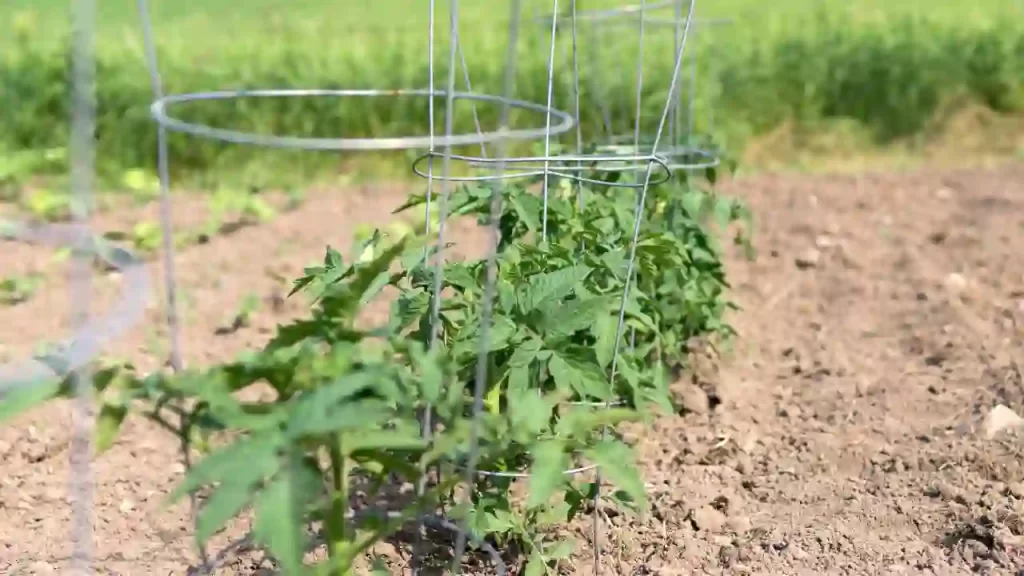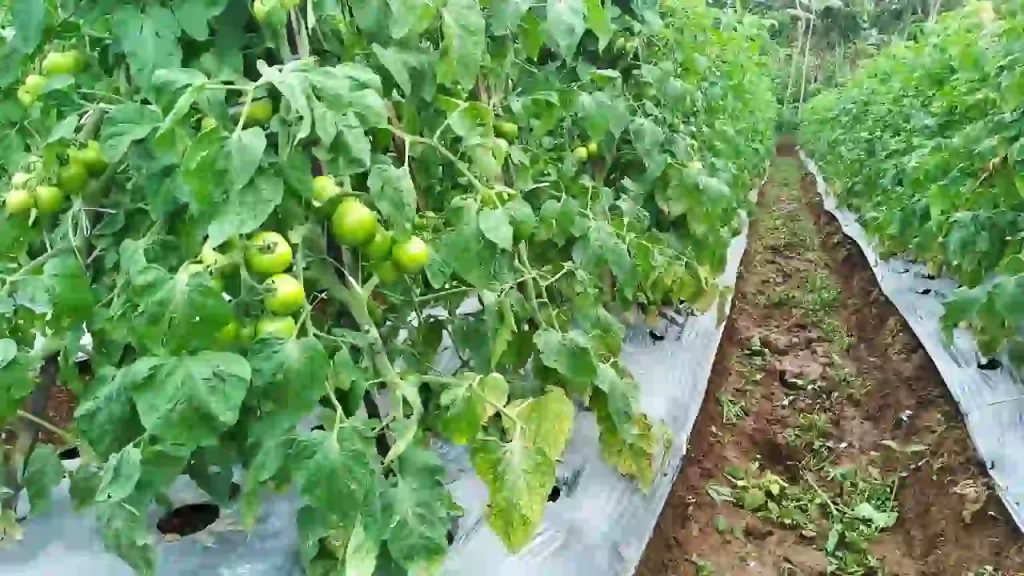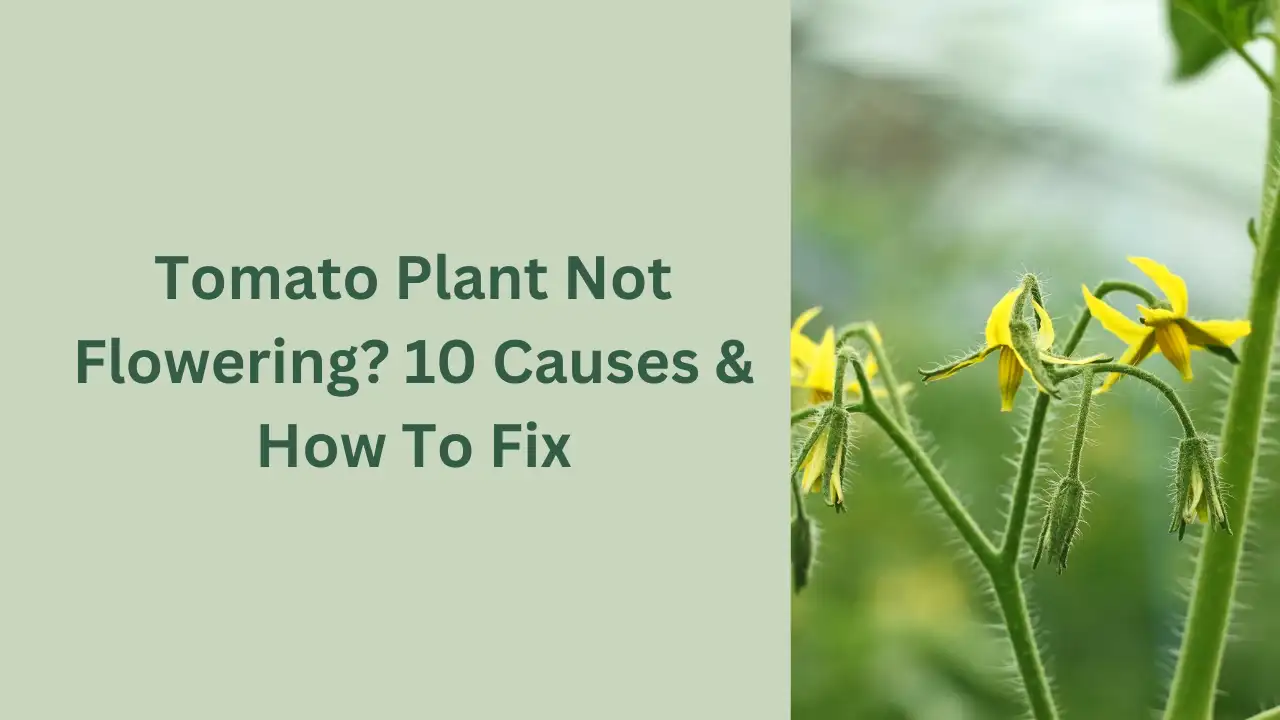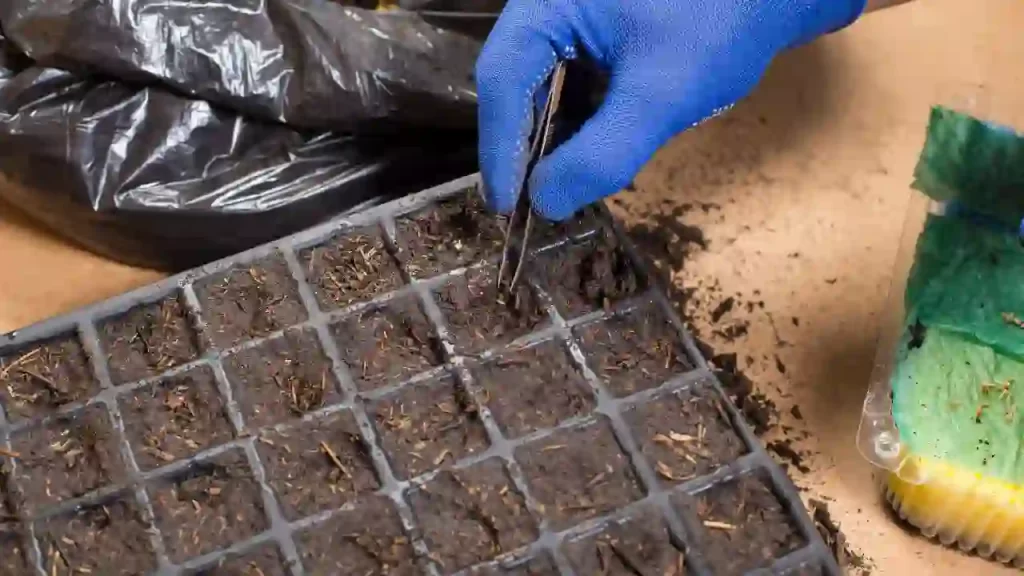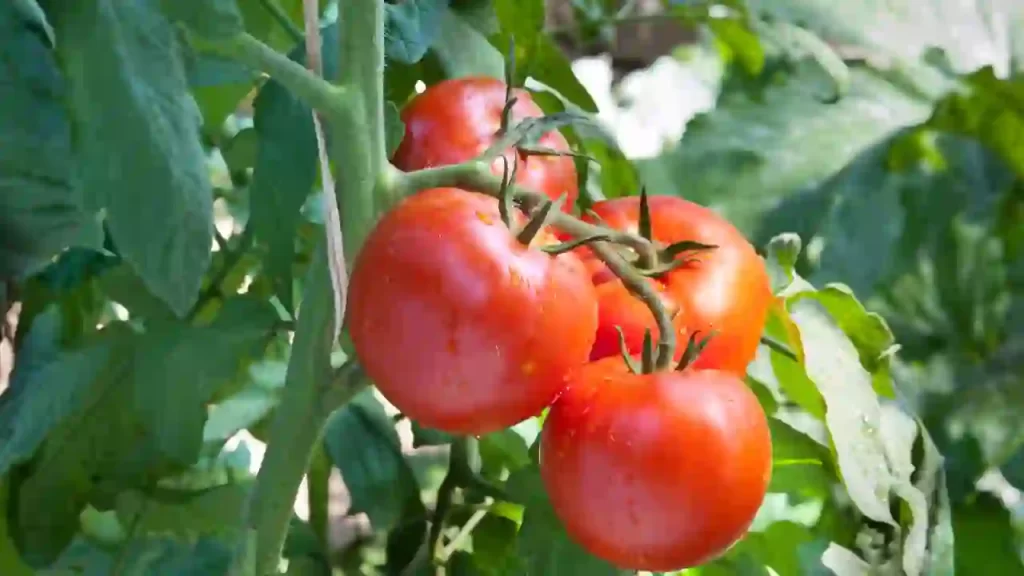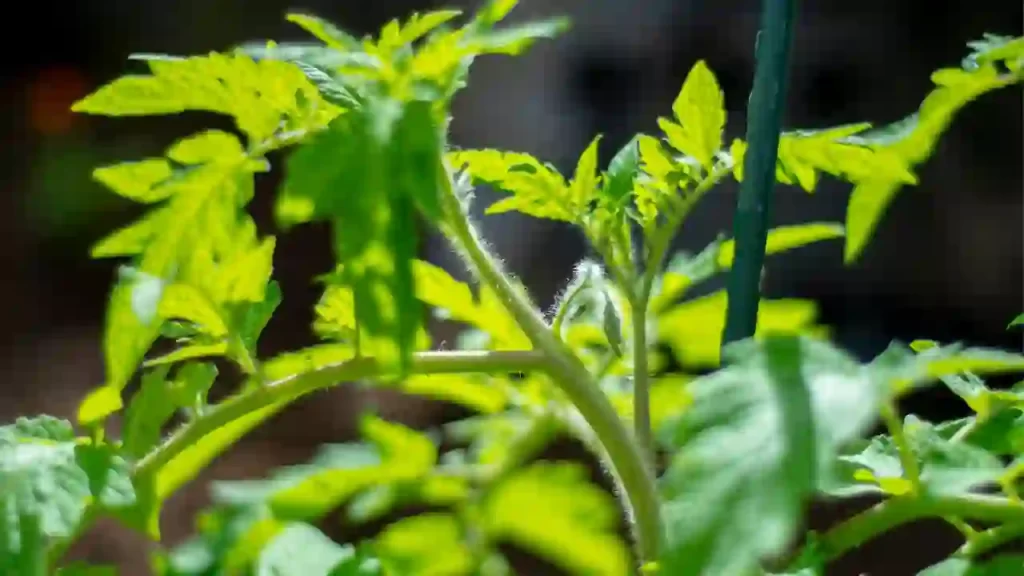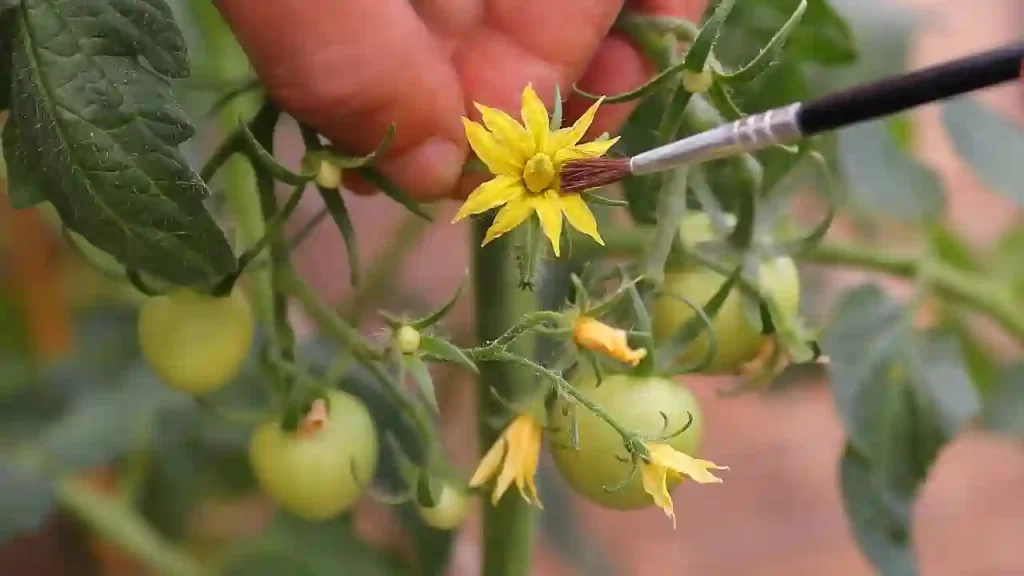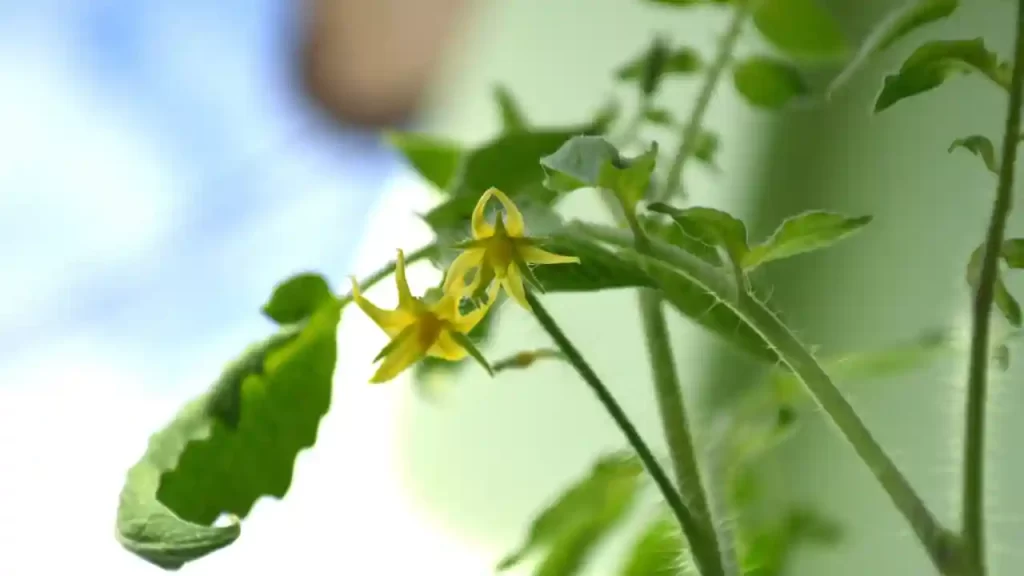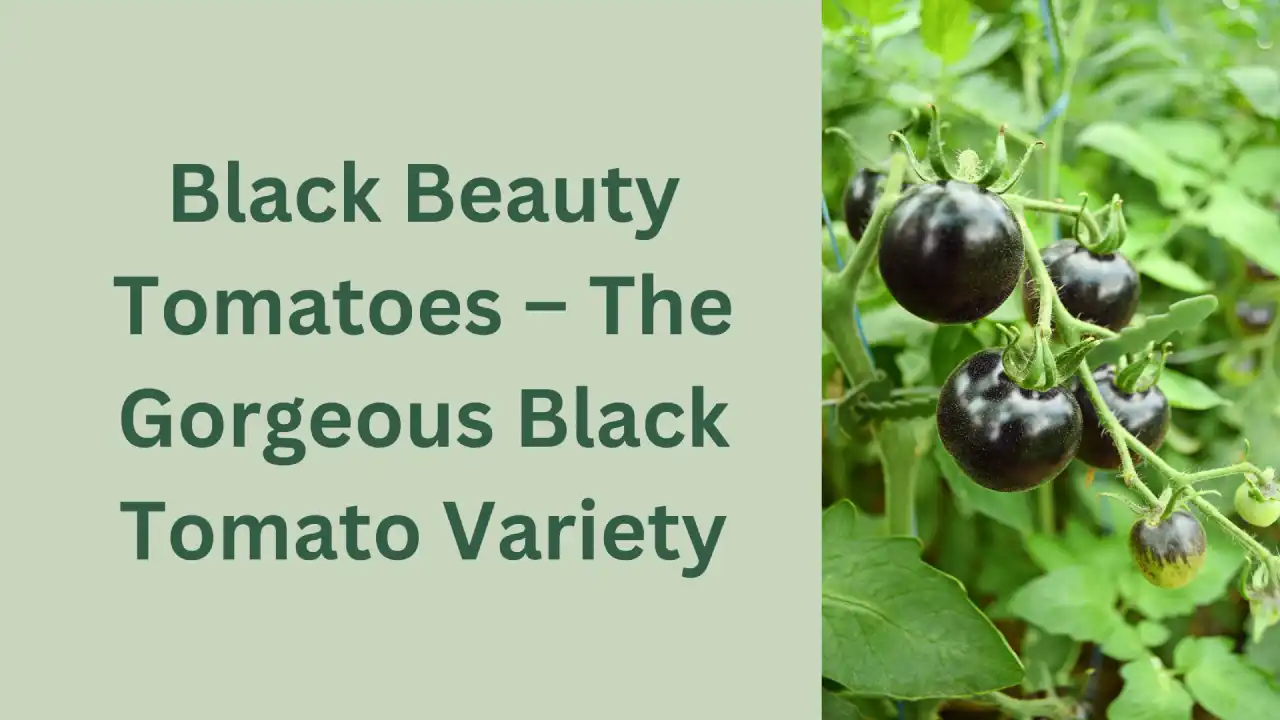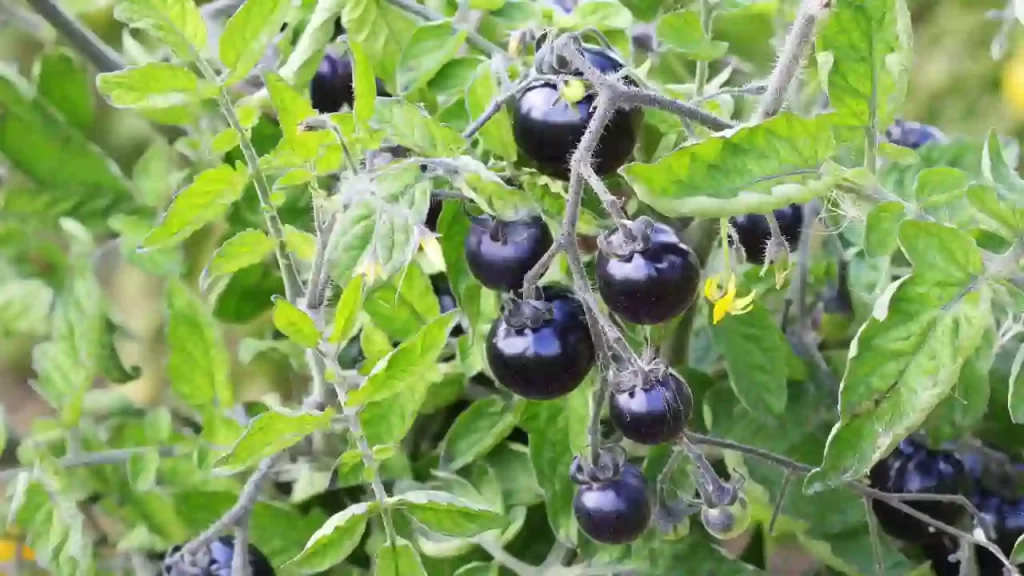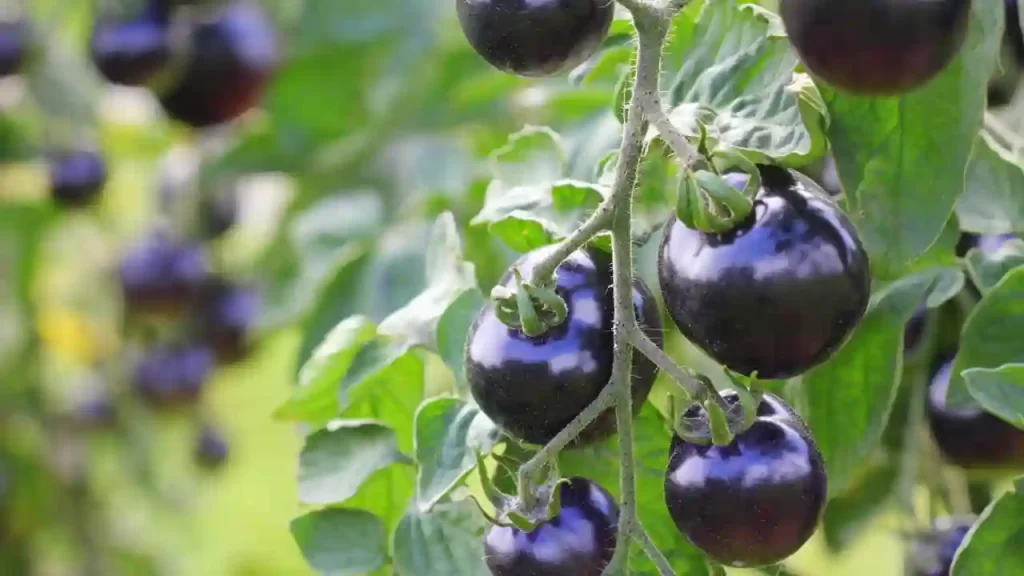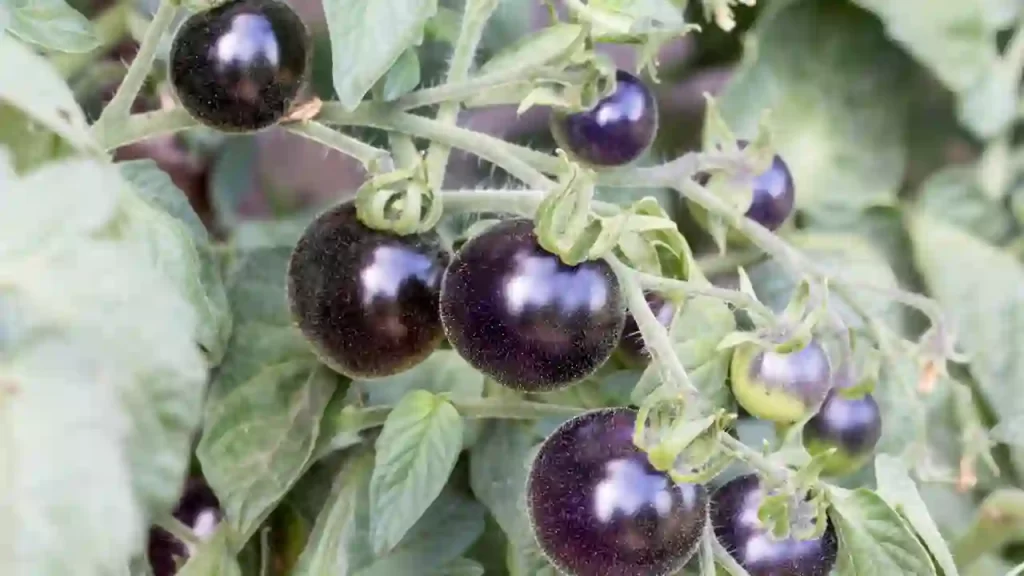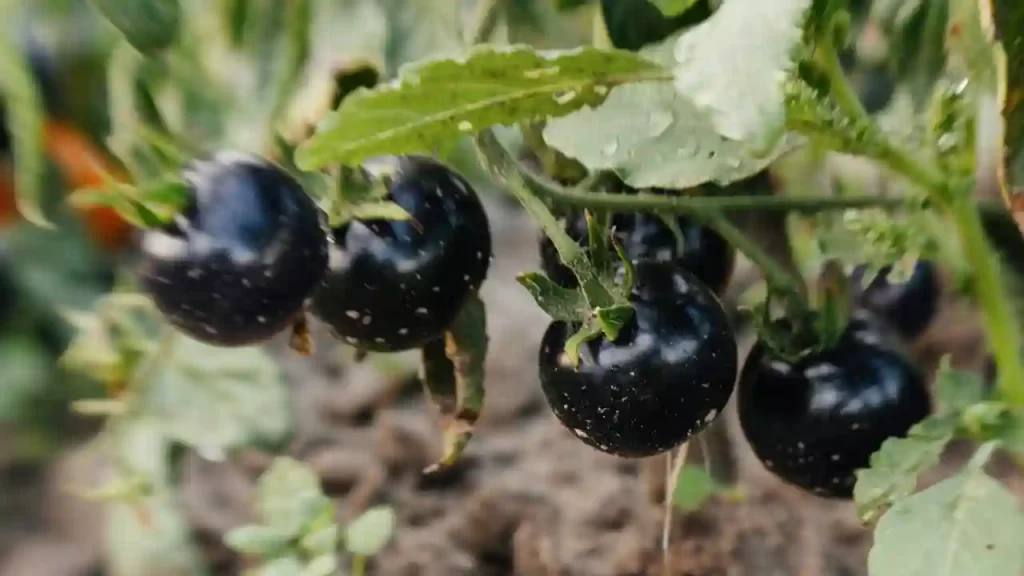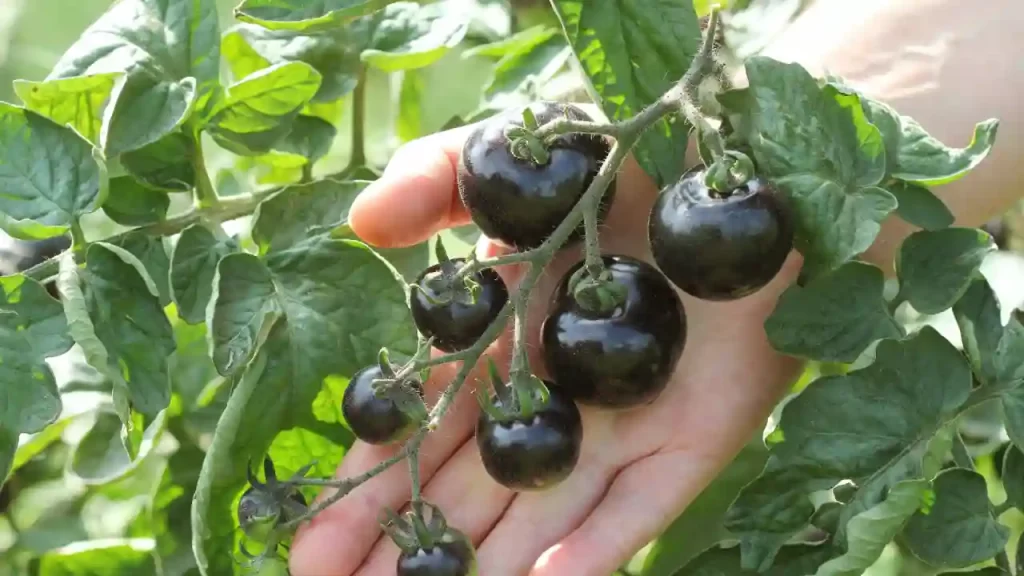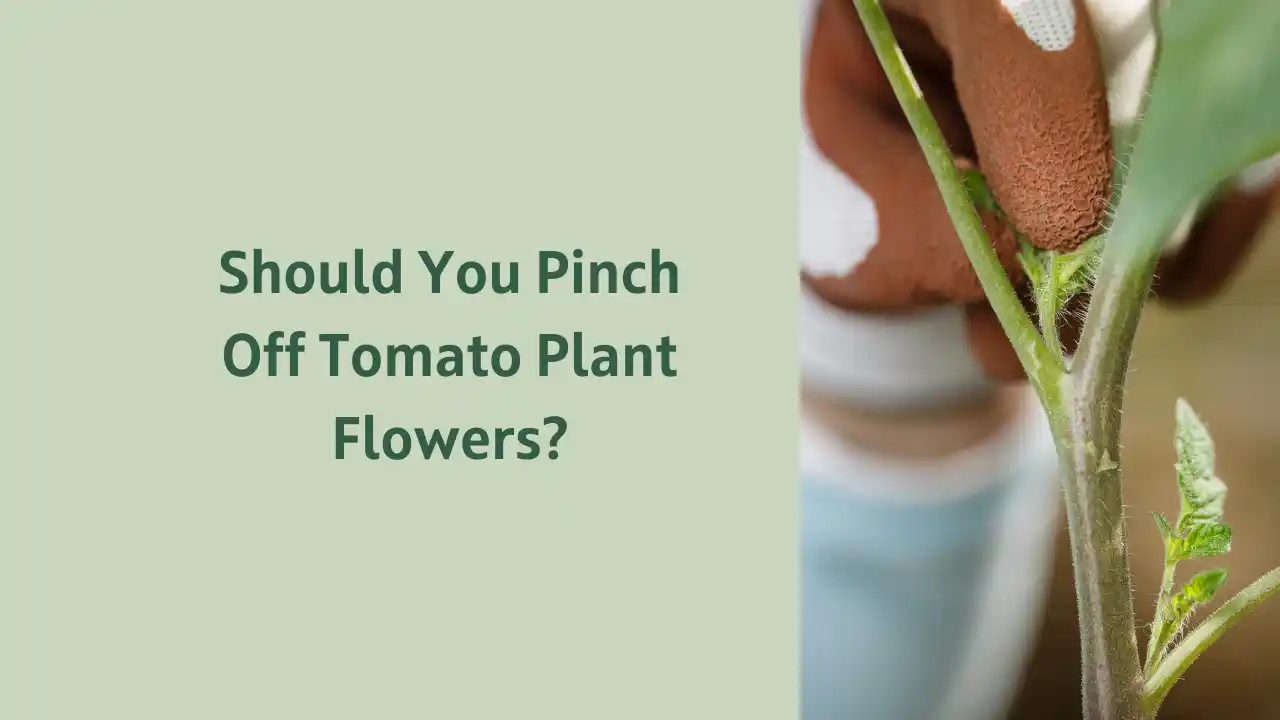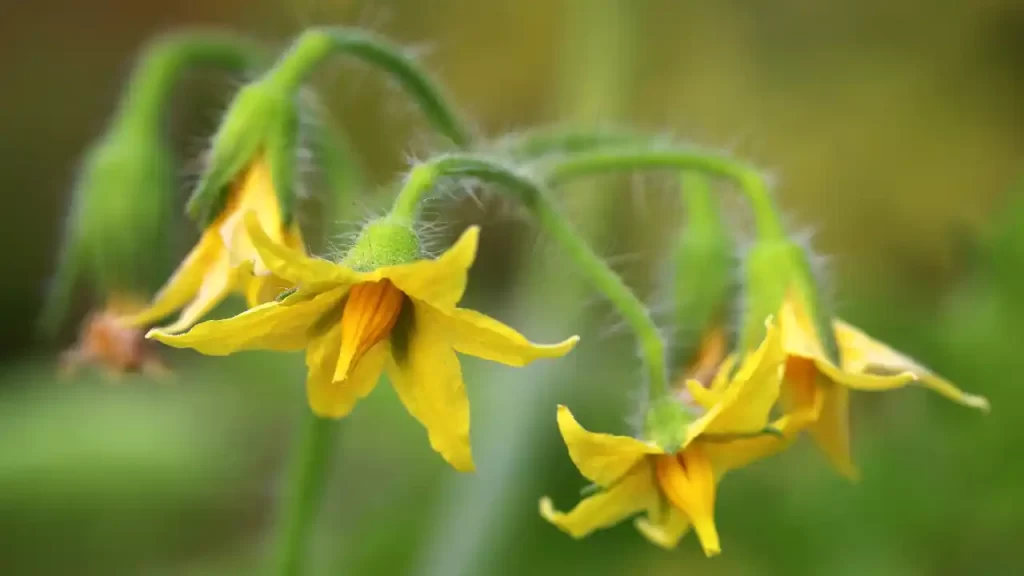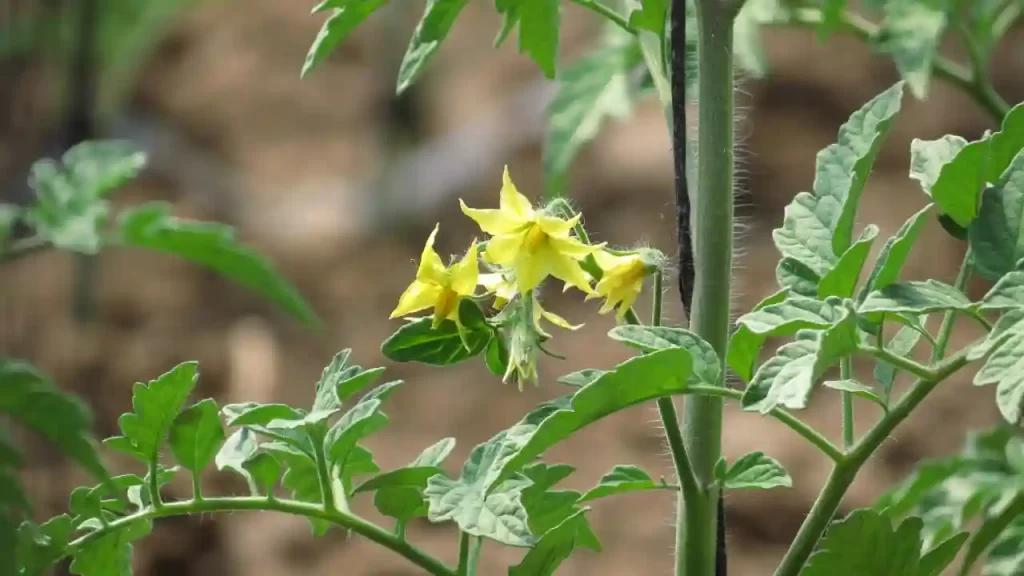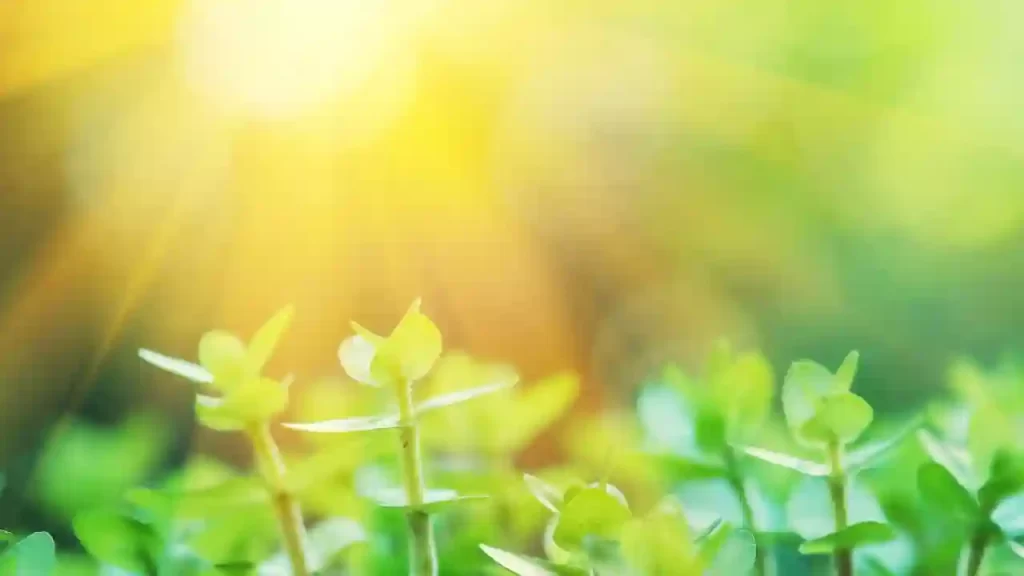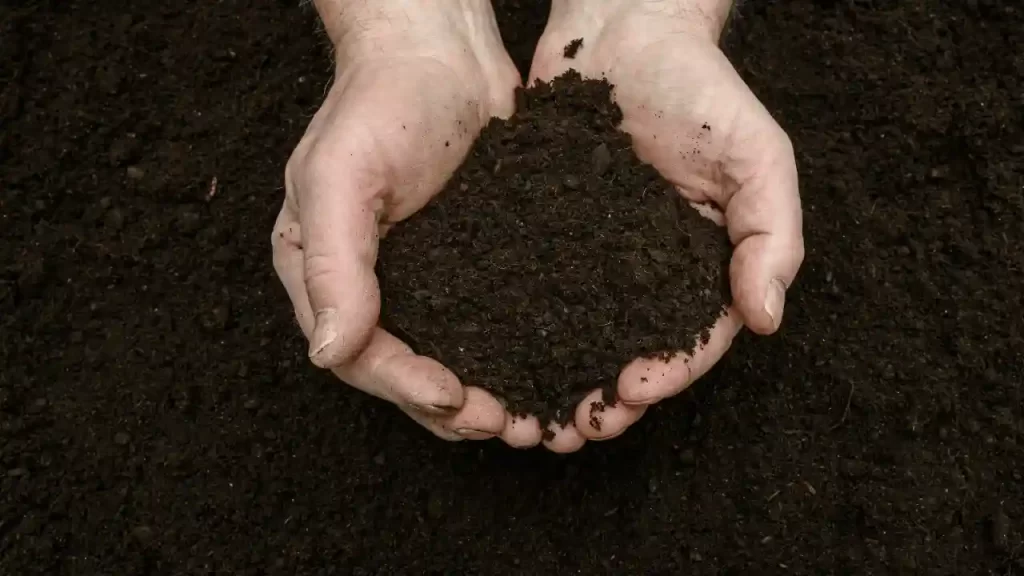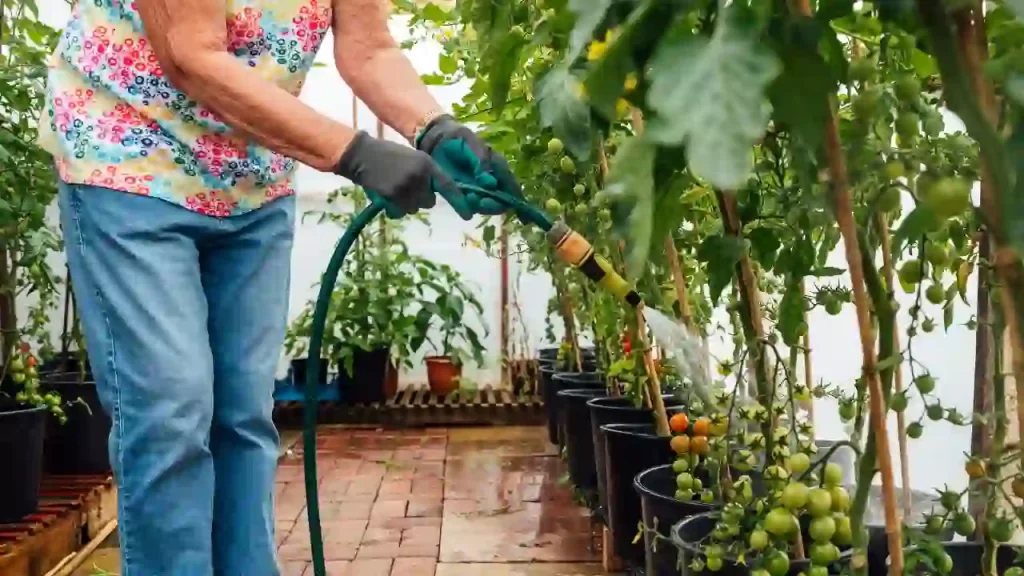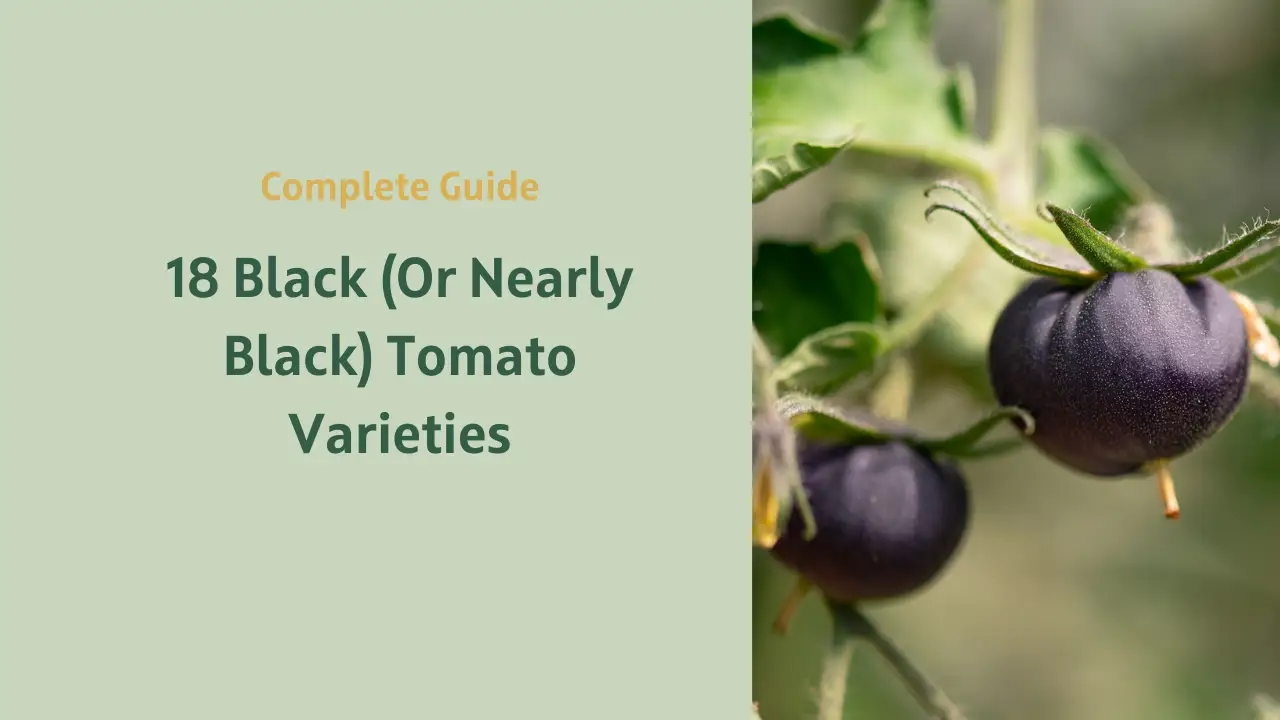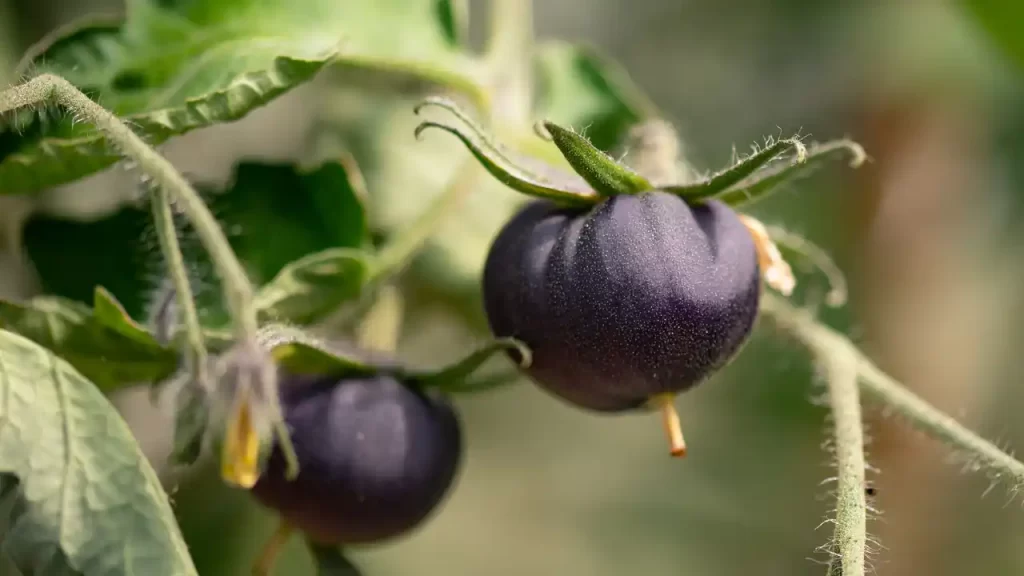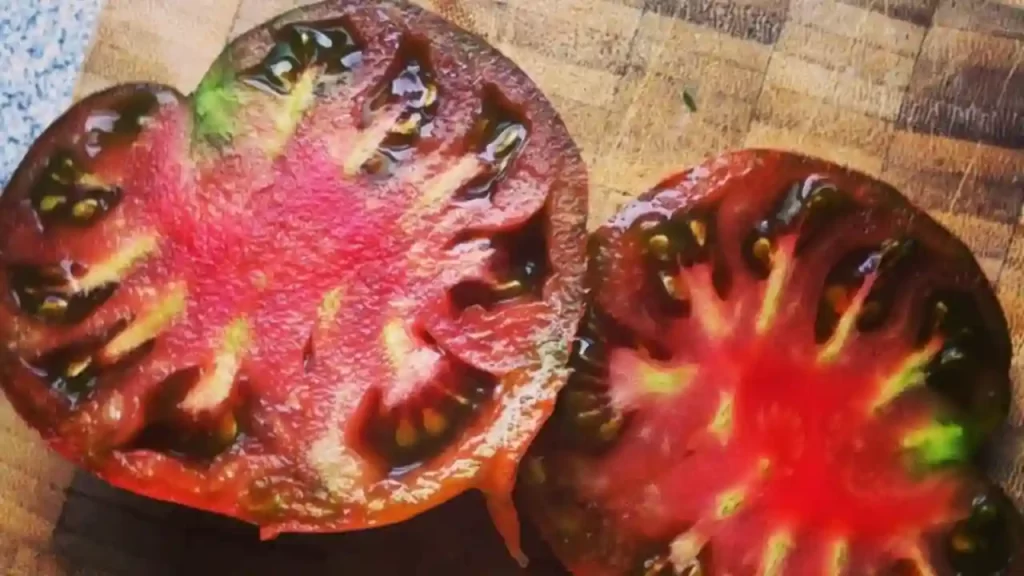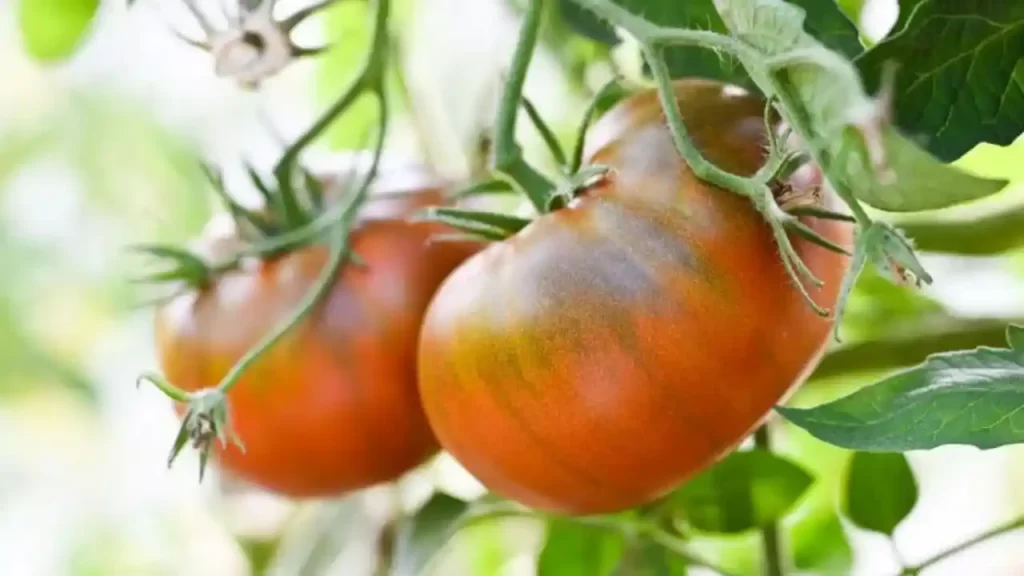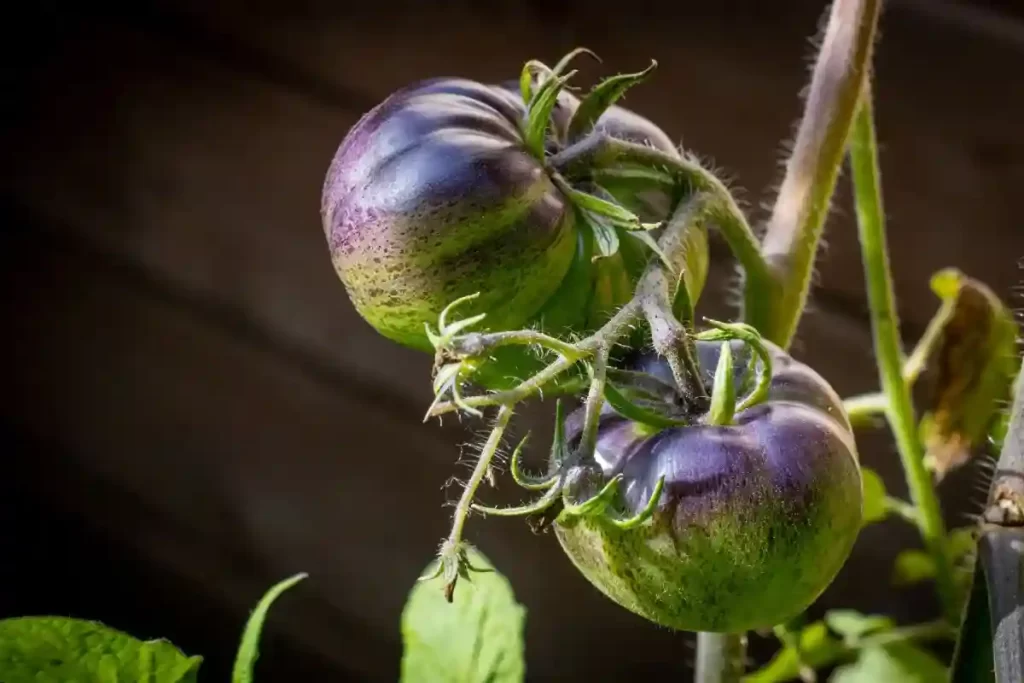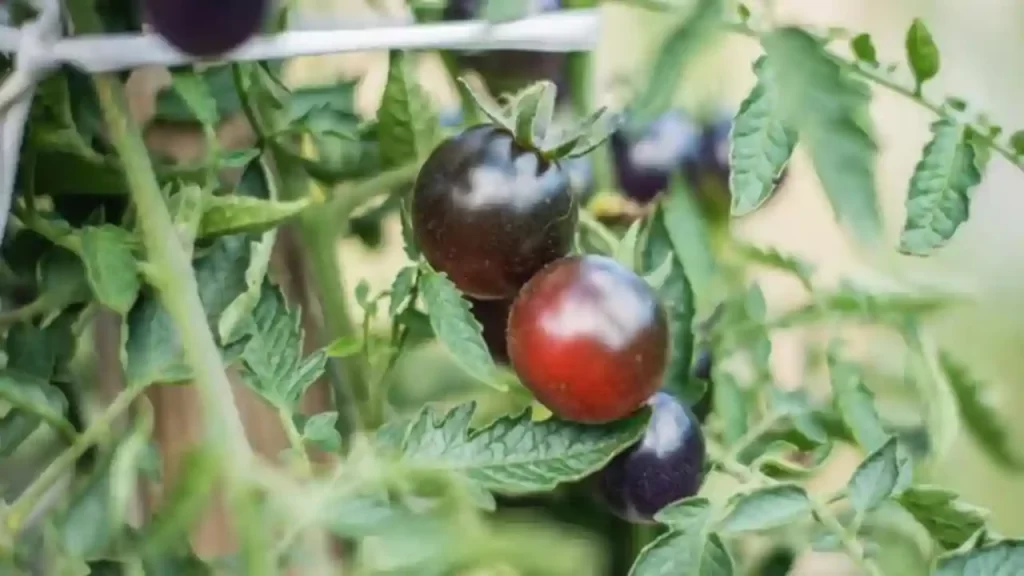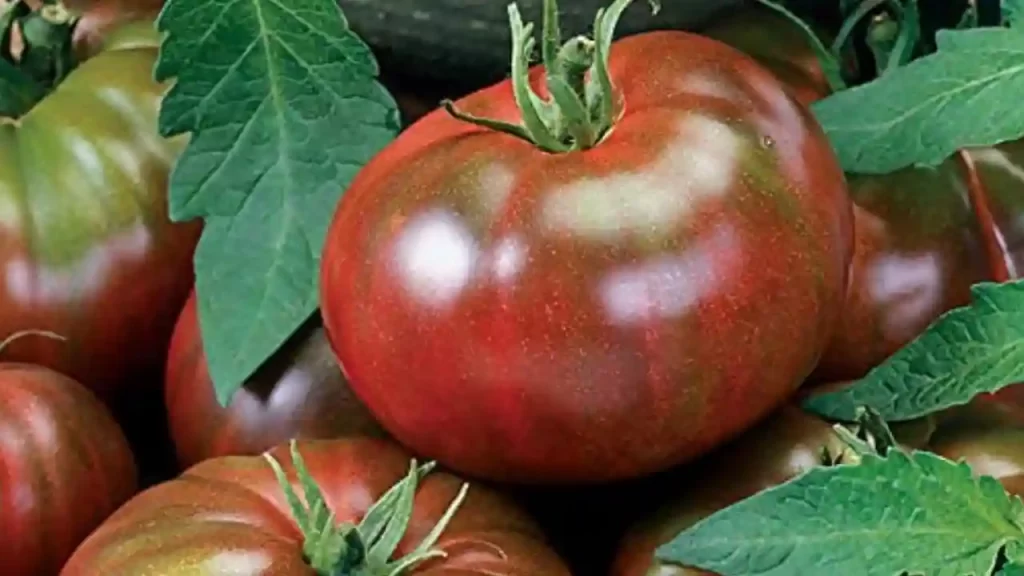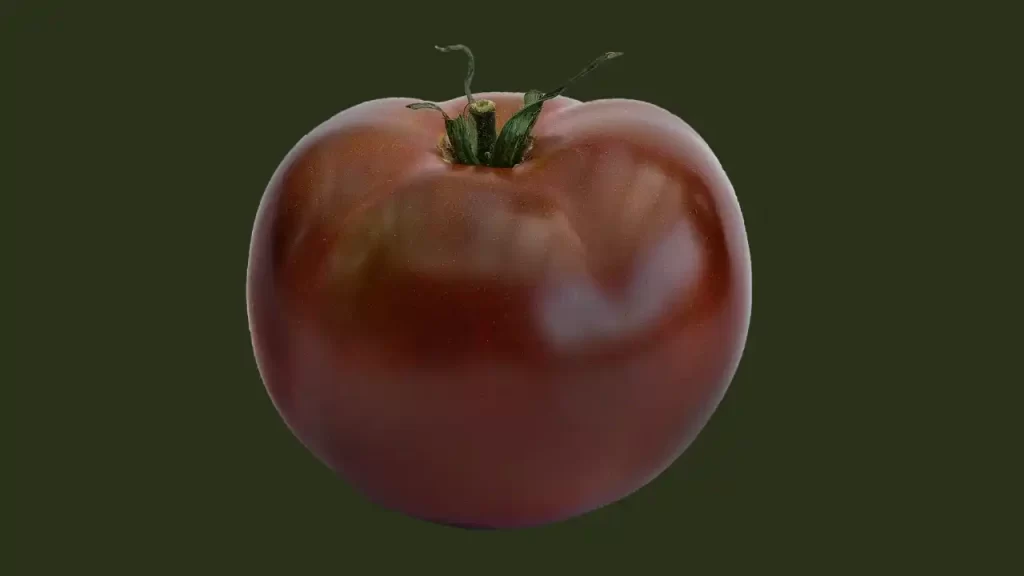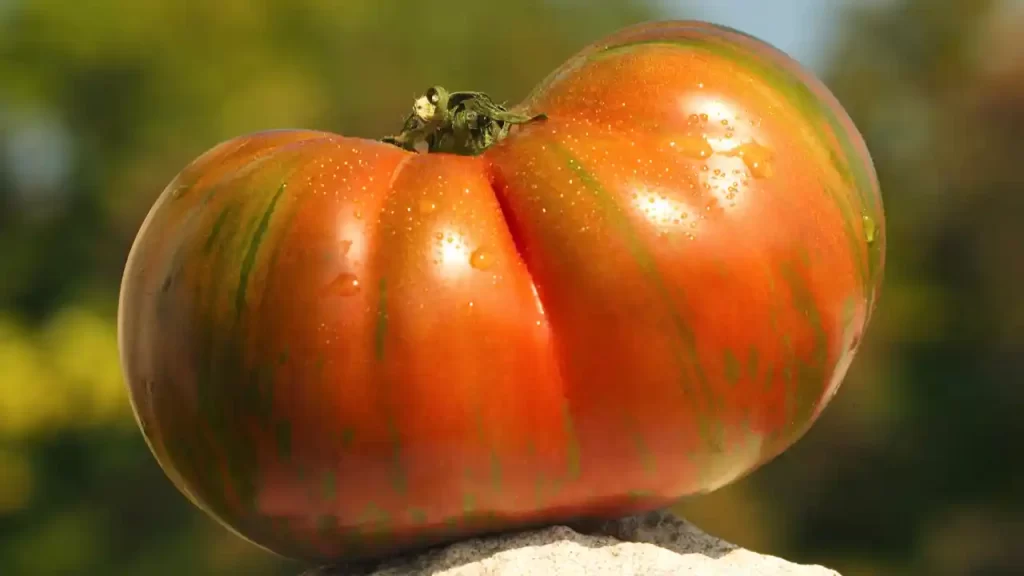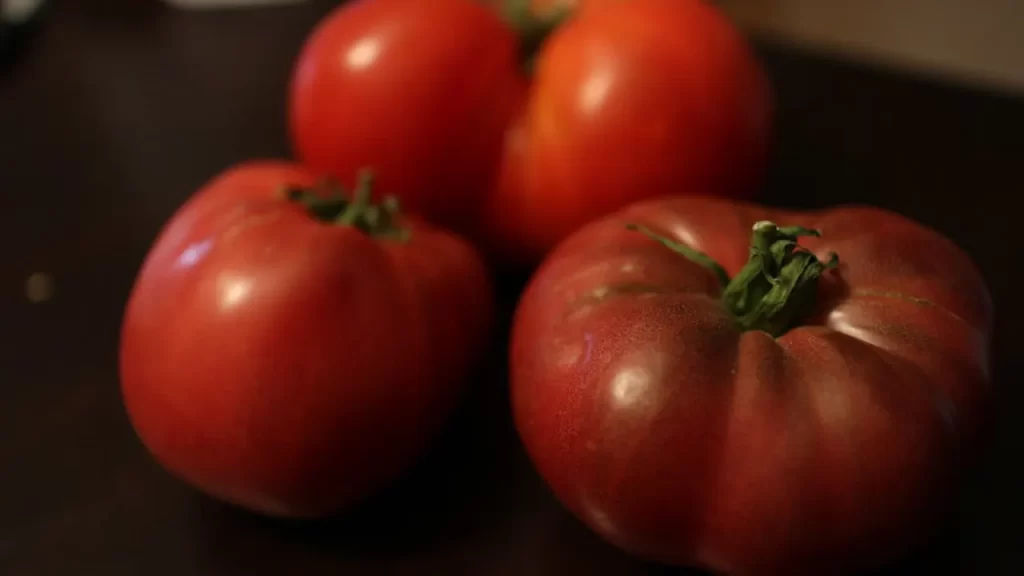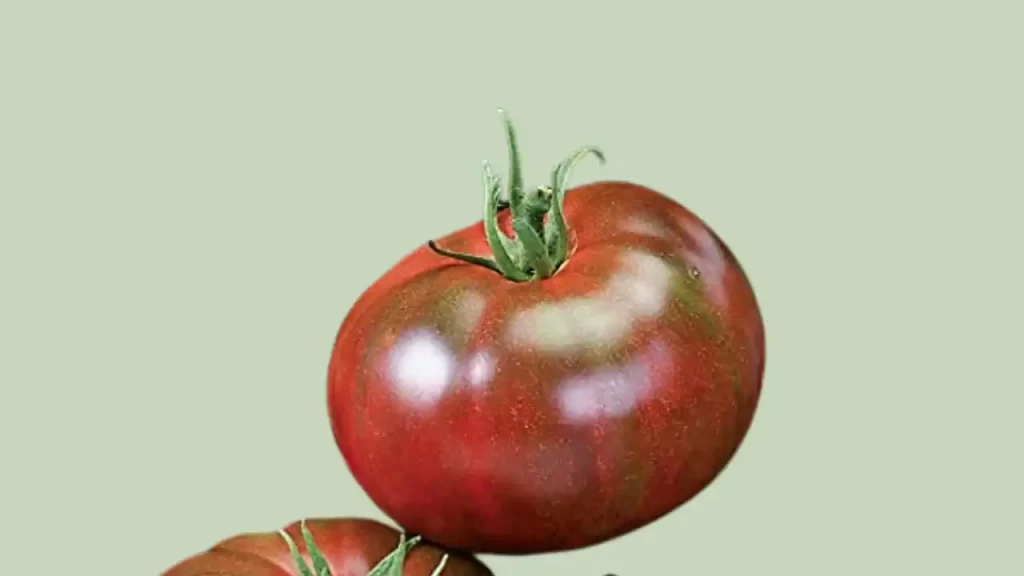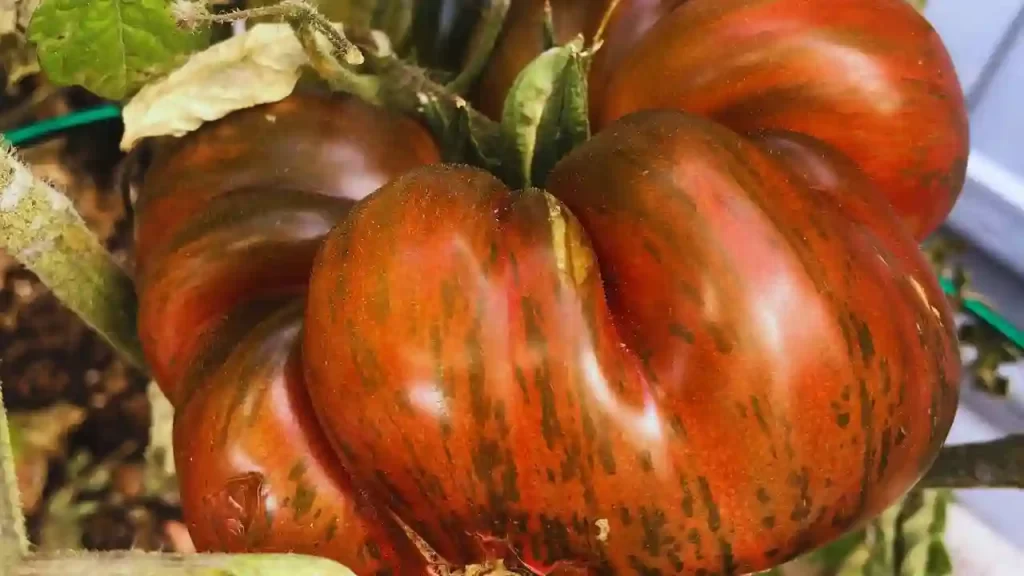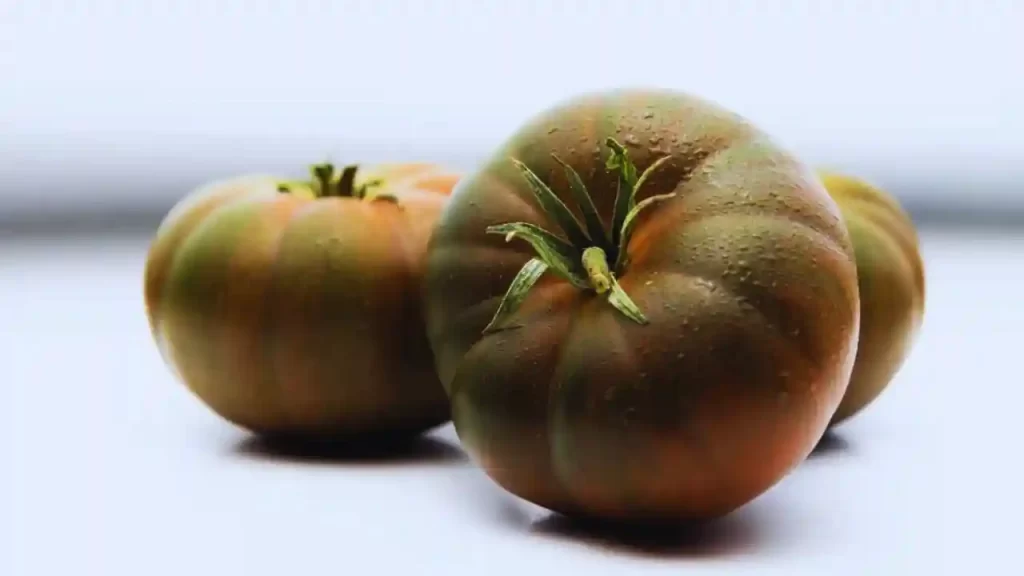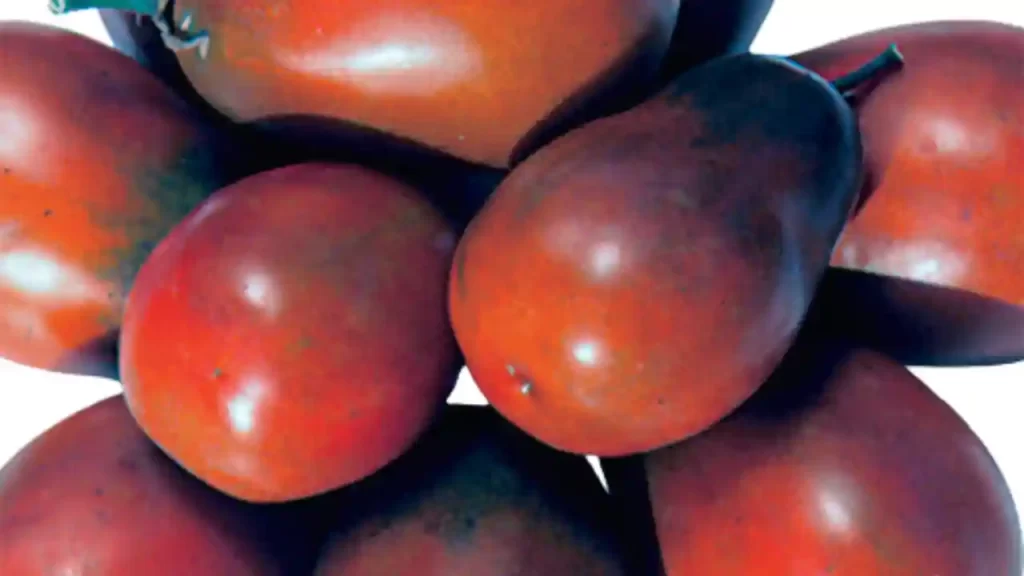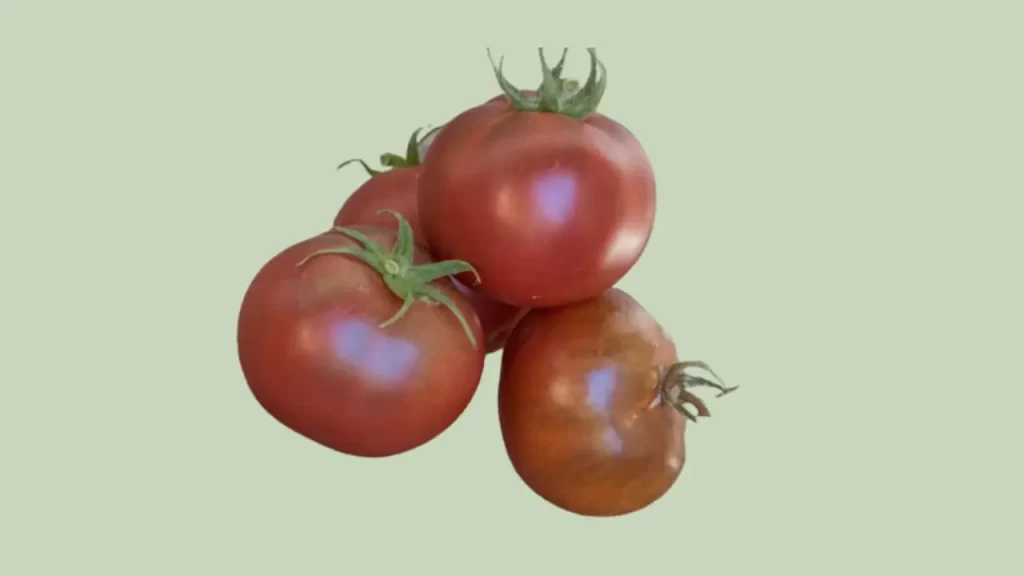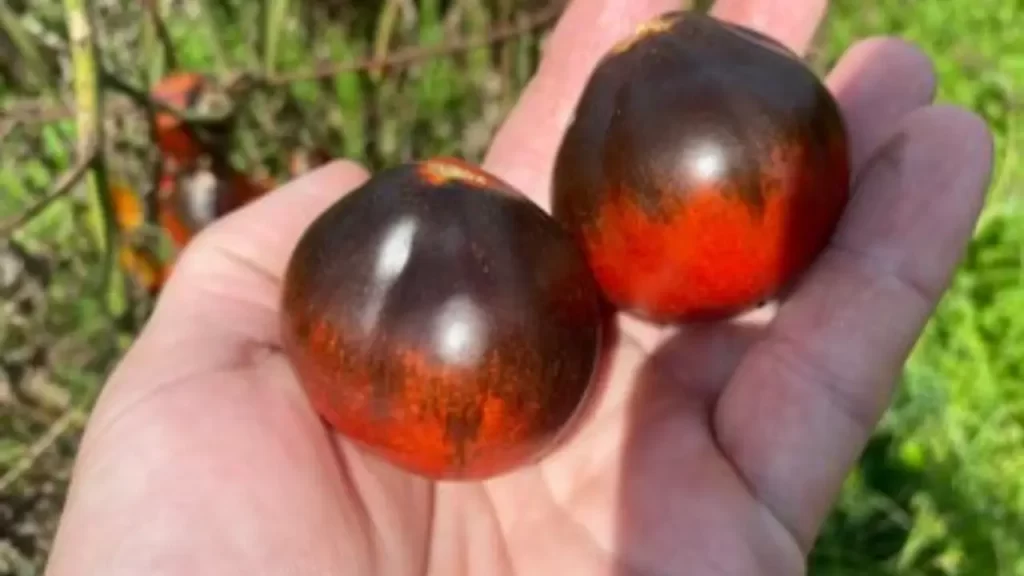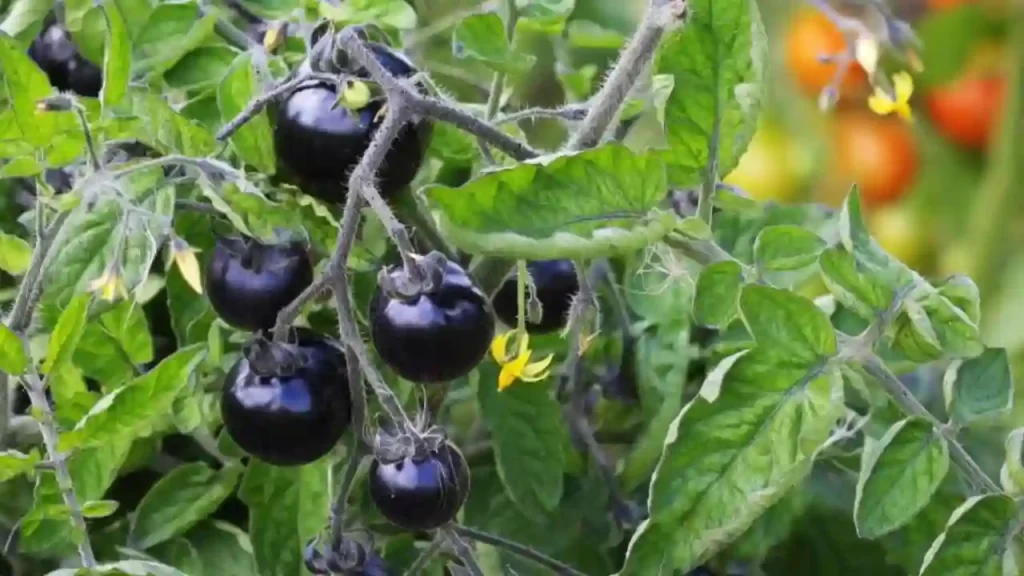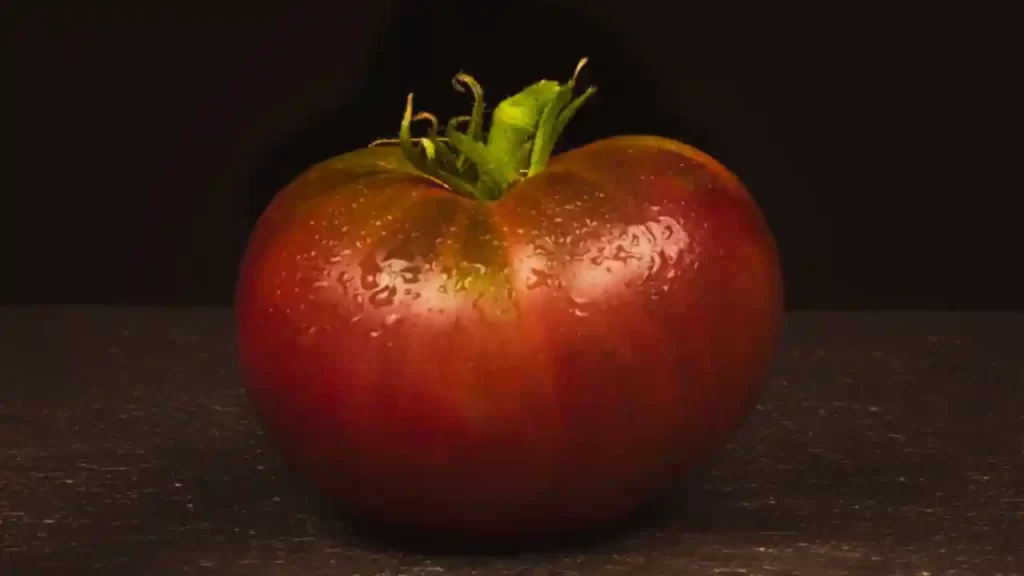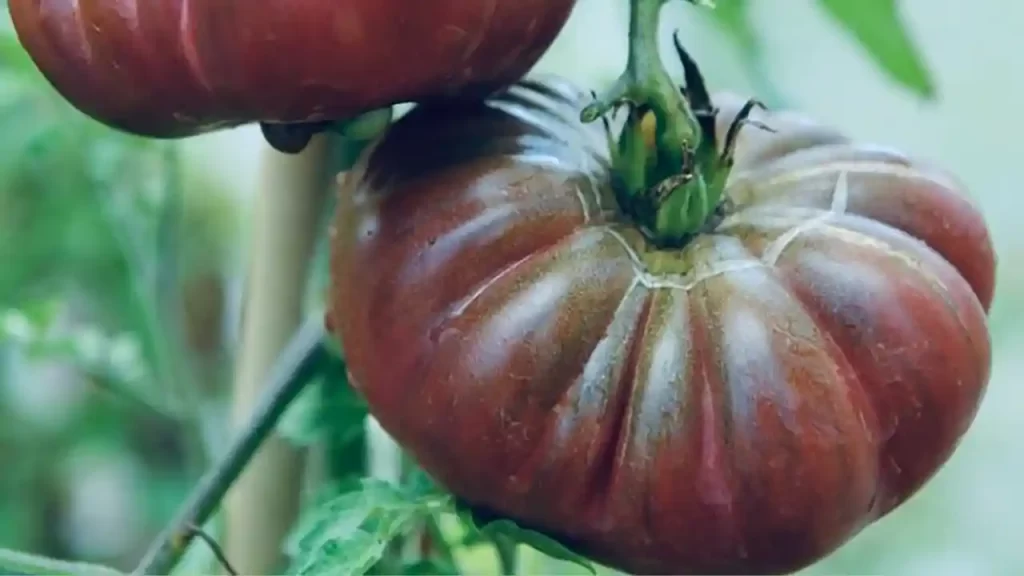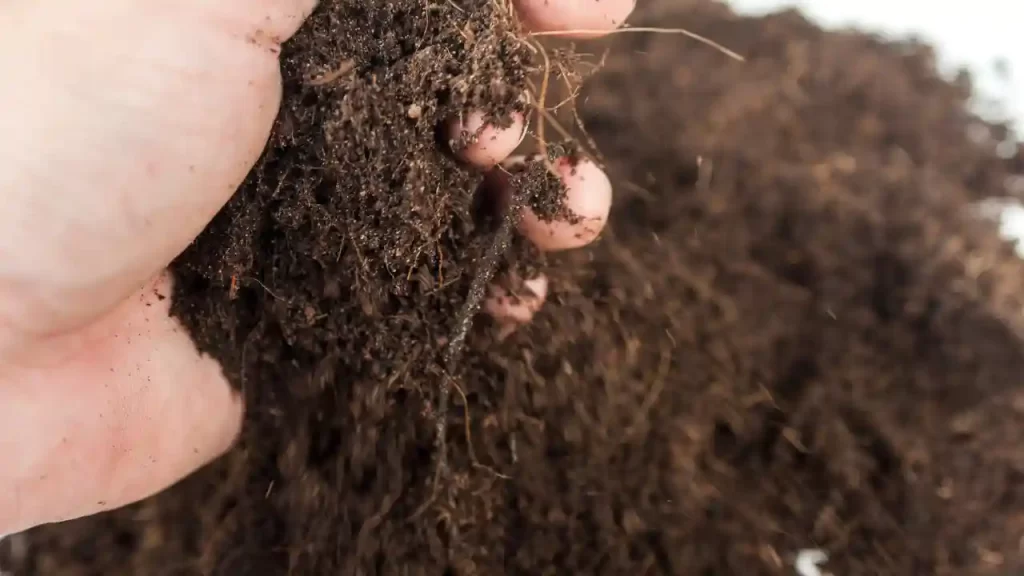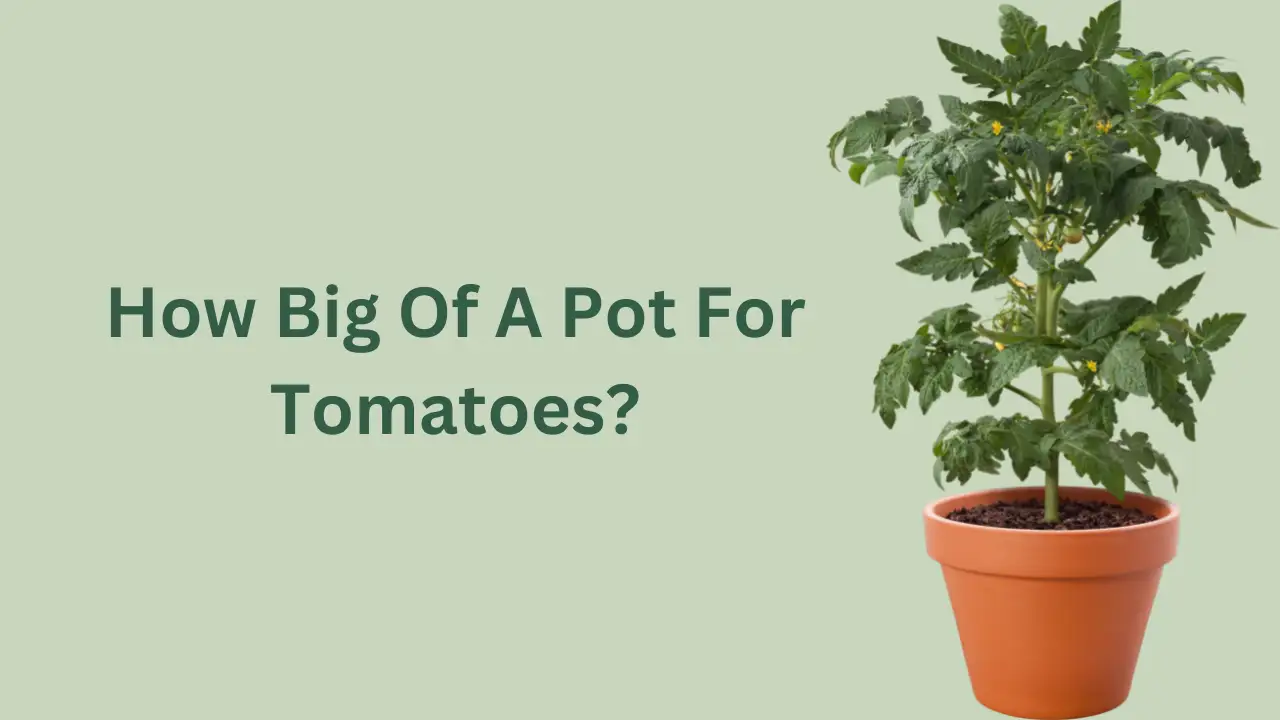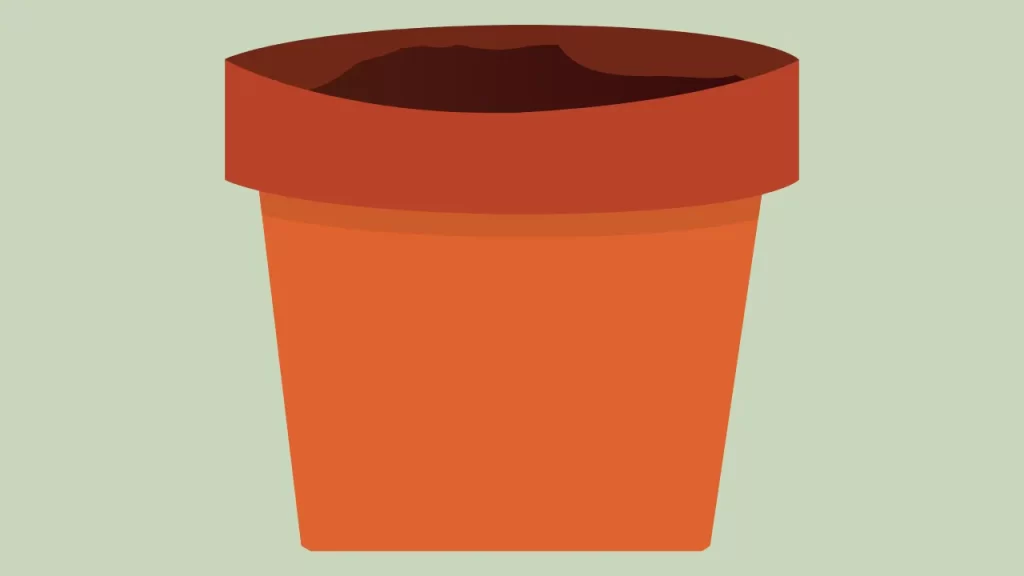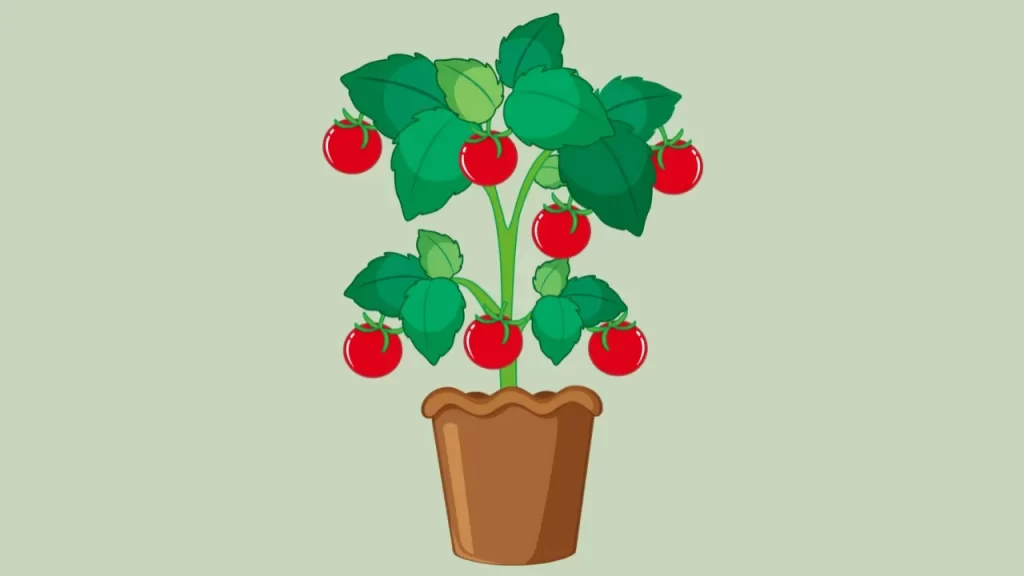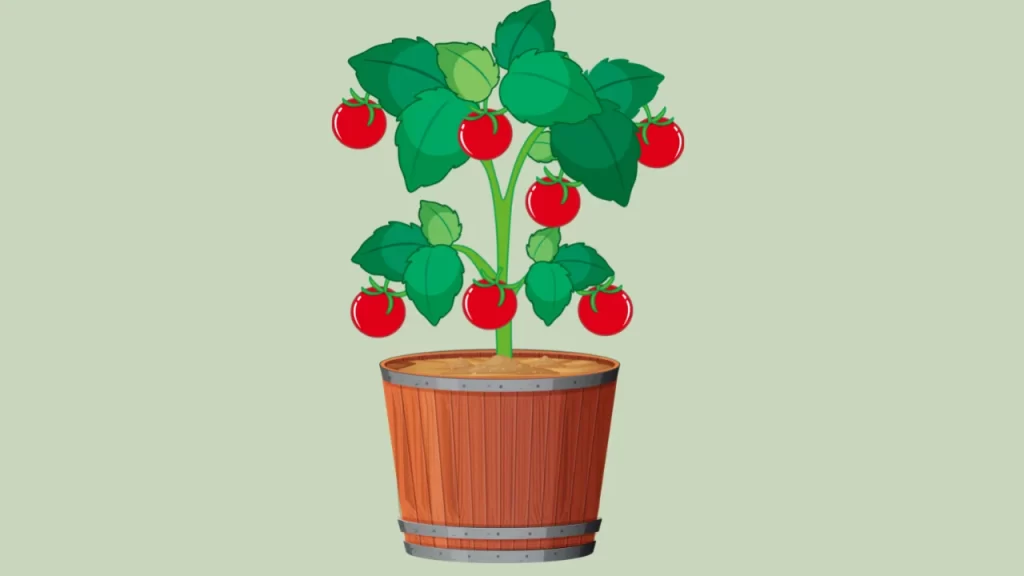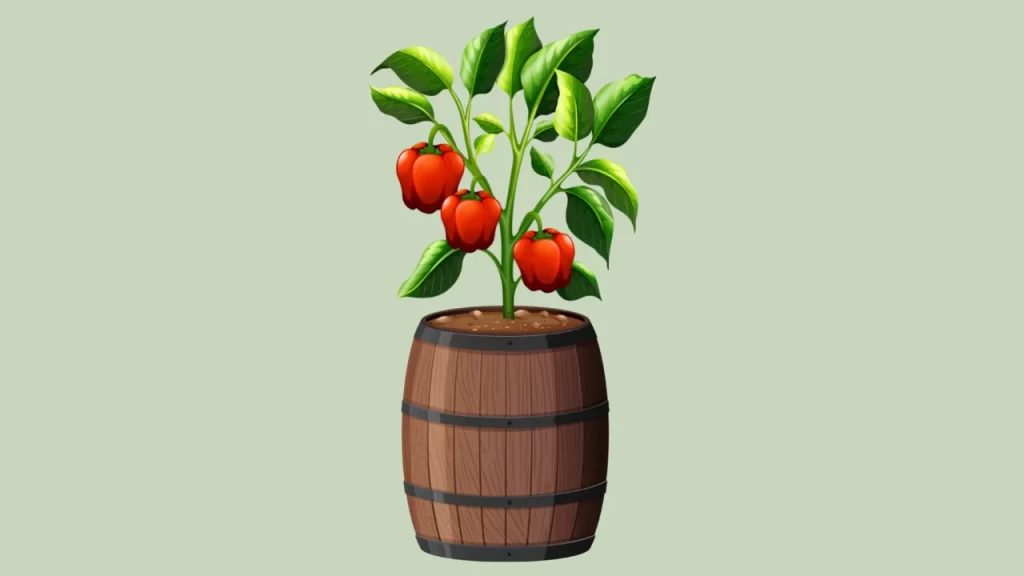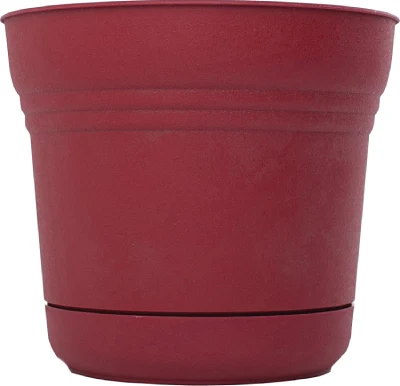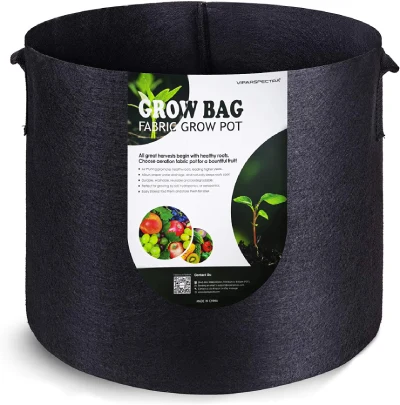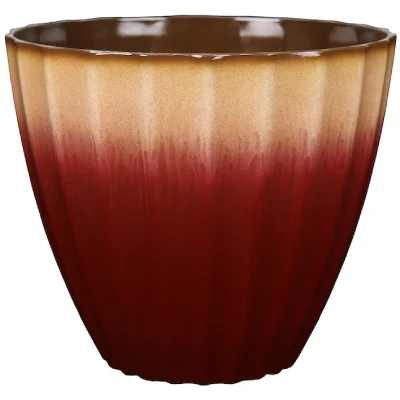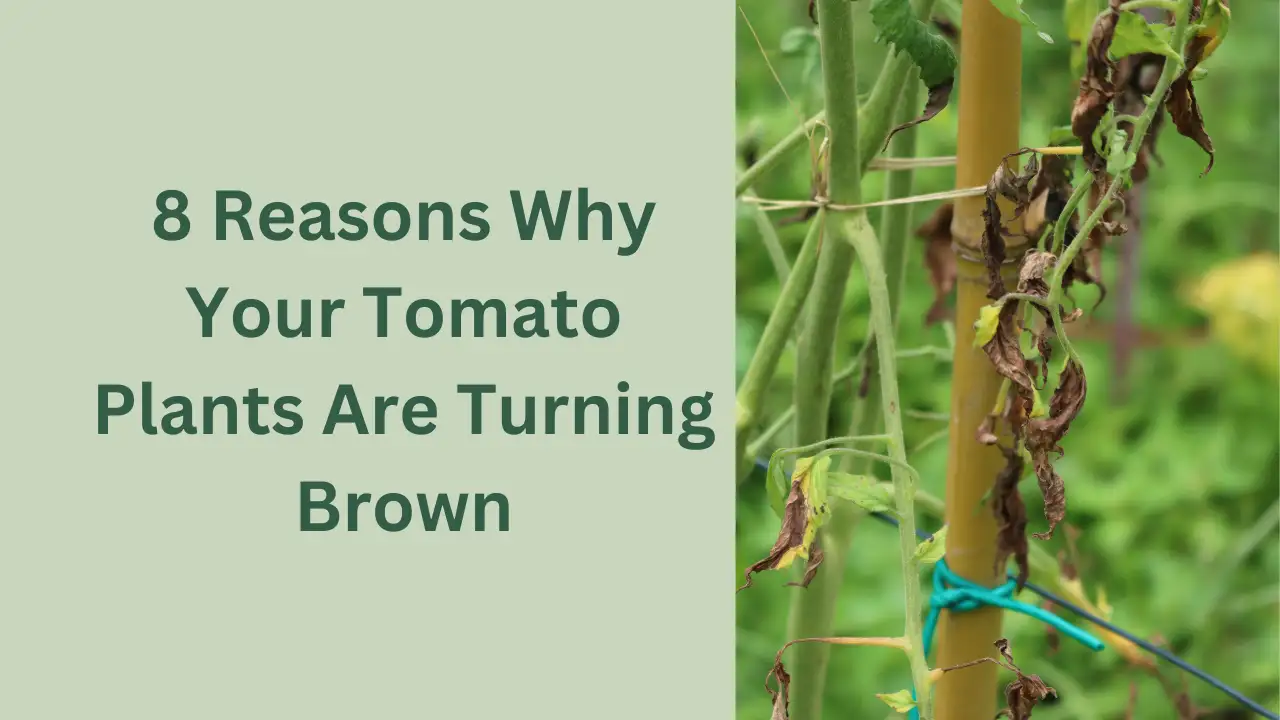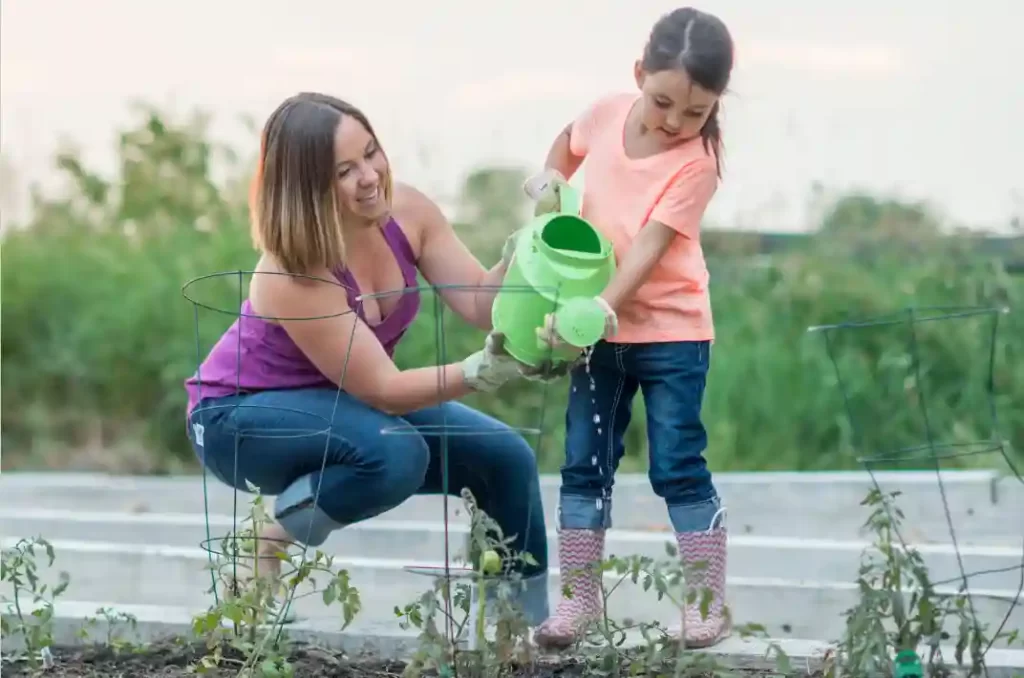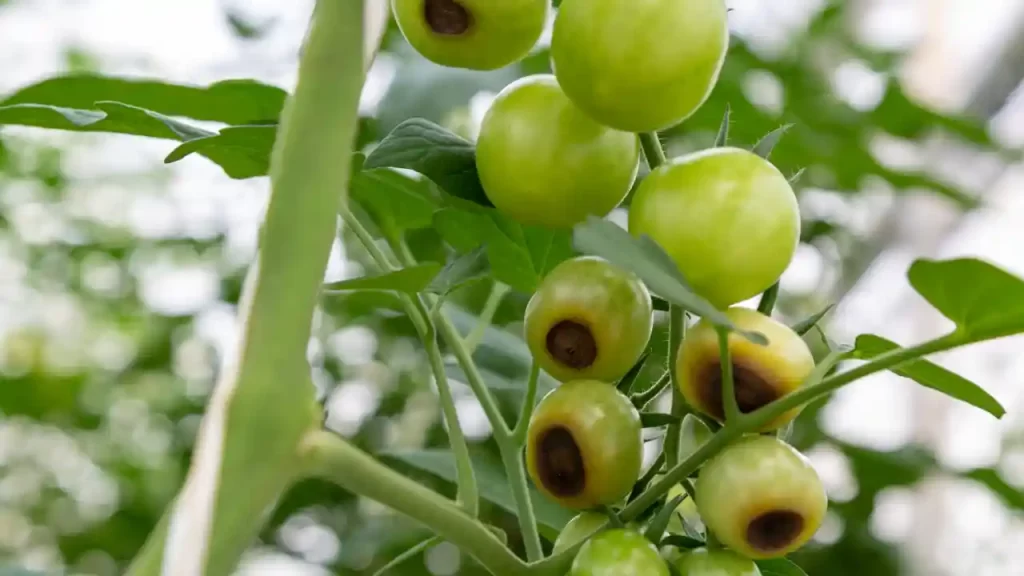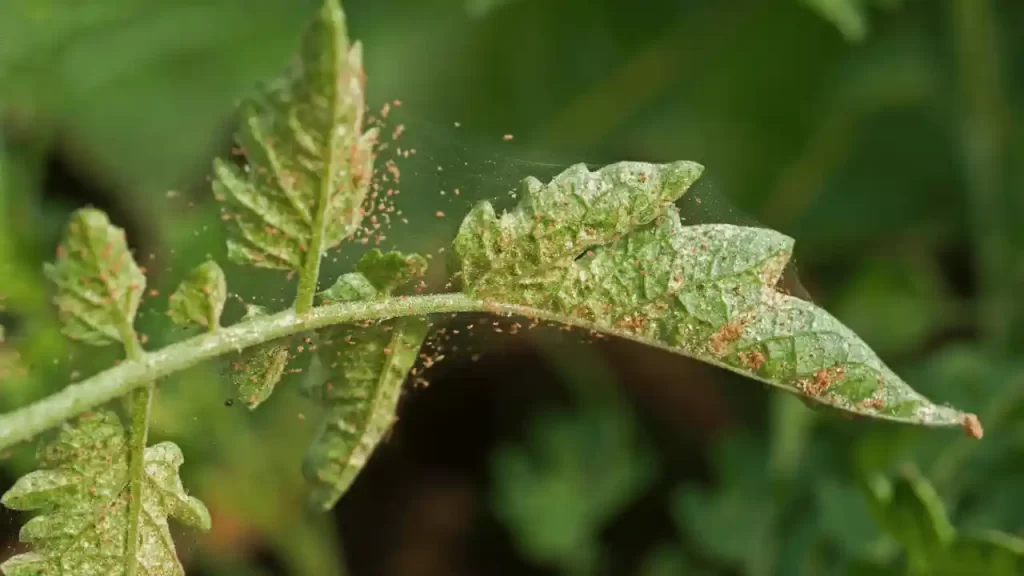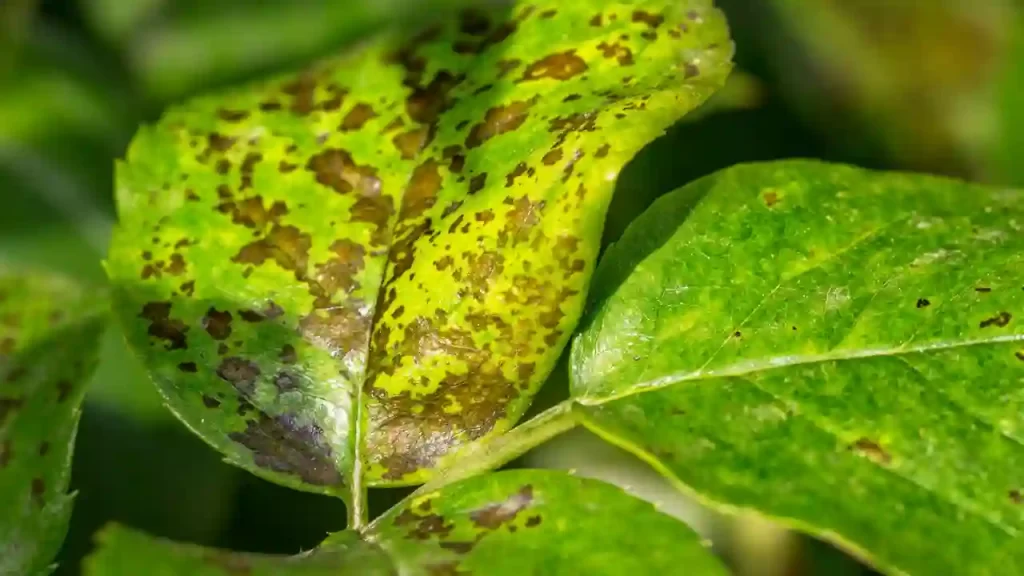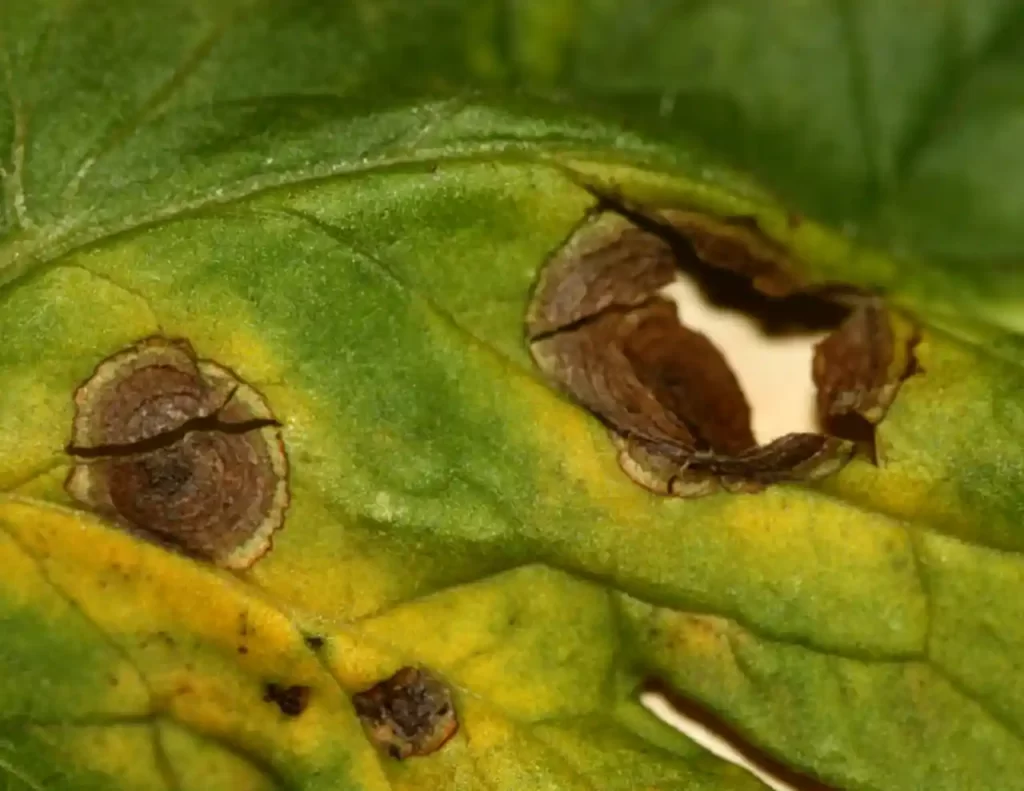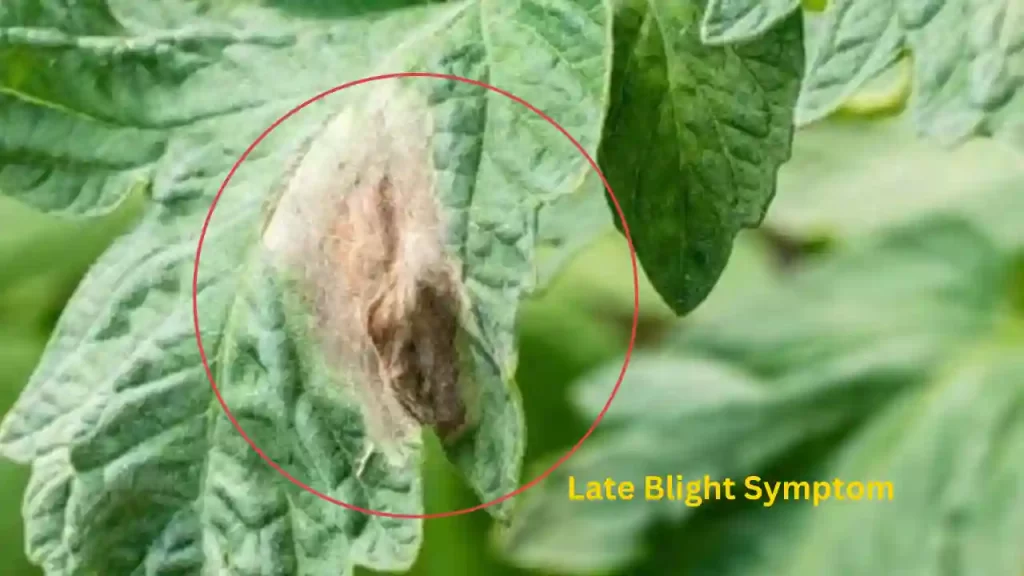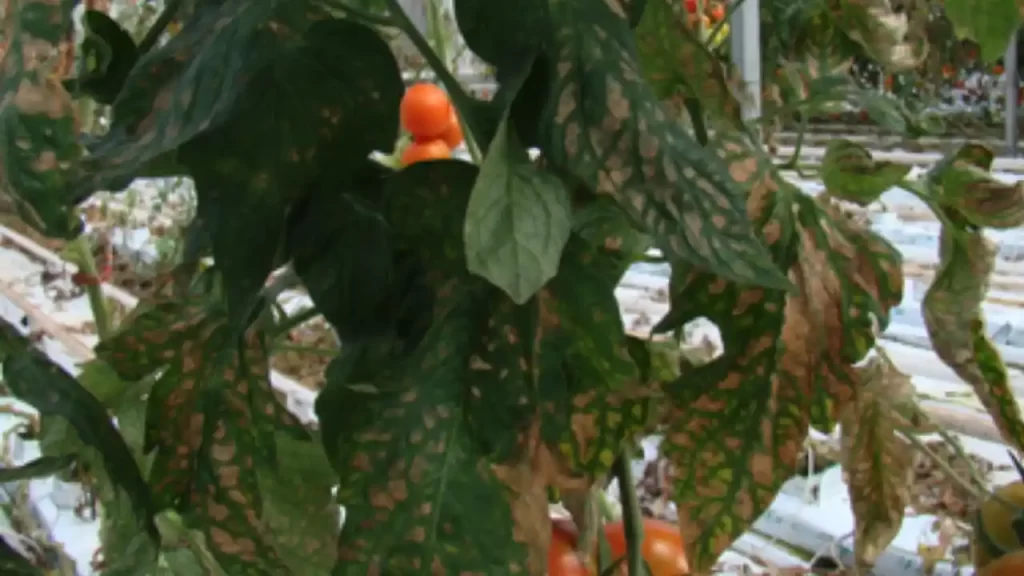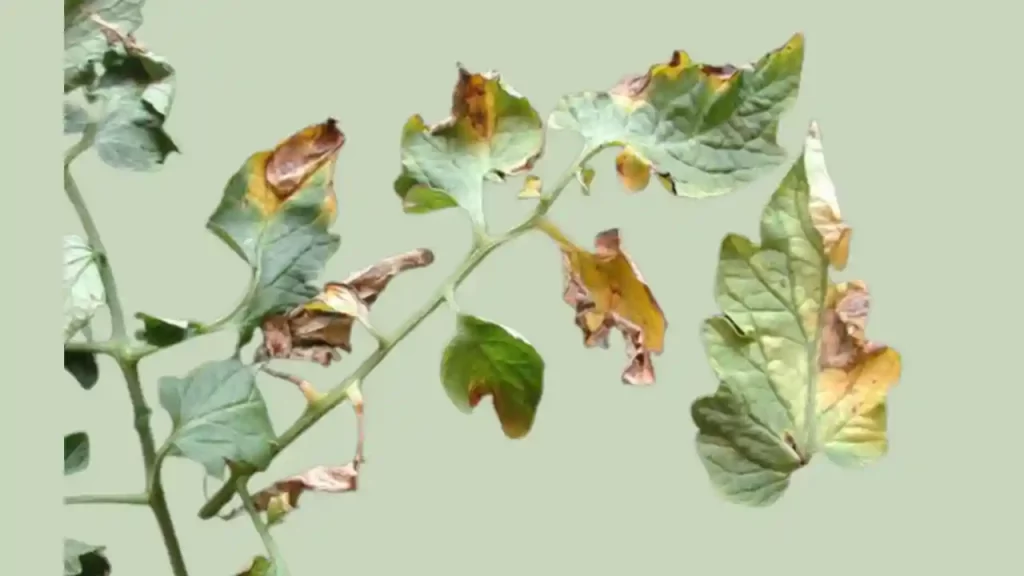Are you ready to plant tomatoes for the best tomato harvest of your life? It all starts with getting the fertilizer right!
Fertilizing tomatoes can seem daunting, but when done correctly, it’s one of the easiest and most effective ways to ensure you get that mouth-watering crop you’ve been dreaming of.
Whether you’re an experienced gardener or just starting with your first batch, follow these easy tips on fertilizing tomato plants for maximum growth and deliciousness!
So, gather supplies (and maybe even a pair of gardening gloves) because it’s time to get diggin’ through this blog post!
Are Tomatoes Heavy Feeders?

Generally, tomatoes are categorized as Heavy Feeders. To a certain extent, it is considered true, but it is unclear to most gardeners.
Heavy feeder plants mean they need a lot of soil nutrients to develop properly in fertile soil and set fruits on it. Several plants are categorized as heavy feeders, and tomatoes are one of them.
But most gardeners put so too much nitrogen fertilizer when the plant is categorized as a heavy feeder. This is the mistake they make because instead of benefiting the plant, excessive fertilizers put them in trouble.
Often gardeners get confused when the term “heavy” comes up. Heavy feeders mean the plant prefers to grow in rich soil with enough nutrients and does not necessarily need too much fertilizer.
The tomato plants need to be fertilized more than once throughout their development, so they are called heavy feeders.
Anything in excess is obviously harmful. Similarly, tomatoes need more nutritious soil, but excessive chemical fertilizer is damn harmful to them.
Due to excessive fertilizers, the roots of the plant are damaged and require nutrition, and water is not delivered to the plant.
Thus the plants need to face an imbalance of nutrients. Apply an adequate amount of fertilizer instead of putting in excessive amounts of fertilizer.
When Should I Fertilize My Tomato Plants?

It is very important to know the right time to apply fertilizer to your tomato plants, and your plant needs the application of fertilizer at two stages. Firstly, when they are just planted and secondly, when they are about to start their fruiting process.
Many gardeners mix fertilizers in the soil or keep it in the planting hole at the garden soil at time of transplanting only. But the main concern is the chances of damaging the plant becoming high.
The plants face transplantation shock and must comply with the new surroundings. In such a situation, if fed with high fertilizer, they might undergo excessive transplantation shock, and the plant roots can also be burned.
I recommend planting the tomatoes in a rich soil mix with a balanced fertilizer and compost. Your plant would never go through the nutrition deficiency until the next round of application of fertilizers.
But if you do not have good nutritious soil, you can apply the initial fertilizer to the plant after one month of transplantation. In such a way, your plant can have sufficient time to recover from transplantation shock.
The next stage of fertilizing the plant is just before its fruiting stage. The plants can uplift their energy to then produce fruit with the best quality and large-sized fruits.
Never make the mistake of applying fertilizer too late, especially in the fruiting stage, as the fruiting process would be interrupted. And ensure not to apply any fertilizer when the plant has already started producing fruits.
What Fertilizer Should You Use?

Different gardeners have different fertilizer choices. The tomato fertilizer can also be prepared by yourself; if you are not willing to prepare it on your own, you can also purchase it.
The thumb rule of any tomato fertilizer is NPK (Nitrogen – phosphorus – potassium). You need to understand this whether you are going to prepare tomato fertilizers your own or you are purchasing it from outside. All these 3 components should be in an ideal proportion only to benefit the plant.
Your tomato fertilizer should also contain some necessary micronutrients like calcium and magnesium. It promotes the strength of the plant as well as the fruit quality of the plant is also promoted.
Initially, at the growing stage, the most important component is nitrogen. It encourages the plant to produce more leaves.
I recommend doing a soil test to know whether the nitrogen level in the soil is sufficient for your tomato plant.
If the soil already has a good level of nitrogen in it, the NPK proportion should be 10-10-10. In either case, the NPR proportion should be 10-5-5.
The next round of fertilizer application should be done at the fruiting stage of the plants. Here the plant does not need to produce any more leaves. Rather it should direct its energy to producing fruits.
For this, the fertilizer used should contain high levels of phosphorus and potassium. And the ideal proportion of NPK is 5-10-10.
Also, you need to keep monitoring healthy growth of your plant to see if the plant is lacking any nutrition. If so, you need to improve your fertilizers.
If your plant is going through a calcium deficiency, you can feed your plant by putting some crushed eggshells in the soil hole, and epsom salt can be used to fulfill the magnesium deficiency.
At regular intervals, it is good to do a soil test to check for any deficiency in the soil. Because any nutrients put in excess in the soil can negatively impact the plant.
If you’re looking to give your tomatoes an extra boost, consider adding some well-rotted manure into the top 8 – 12 inches of soil when planting. Not only is it nutrient-rich and great for growth, but also include a bit of bone meal as this will provide balance in terms of phosphorus levels.
How To Fertilize Tomato Plants?

The fertilizers should be applied correctly to impact the plants positively. It also depends on what type of fertilizer you are using. Some people prepare their own fertilizer, and some buy from the market.
But the instructions to apply organic fertilizer, should be strictly followed, and always ensure not to use it more than the ideal amount.
If you are going to use a liquid fertilizer, dilute it in the water and apply it directly to the soil around the plant.
Be cautious not to water the plant too closely, as it may lead to the burning of the stem and root. Water the plant slowly so fertilizers do not splash on the leaves, as they can harm and burn them.
And if you have chosen to use dry fertilizer, sprinkle it on the soil and do not allow it to come in contact with the stem to avoid any damage.
Keep some distance from the plant, but it should not be too far away from the plant so it won’t be able to reach the roots. Water your plant carefully and slowly when the fertilizer is penetrated into the soil.
Mainly dry fertilizers are marked as slow-release fertilizers. It delivers the nutrients slowly in the soil, and thus the requirement of frequent fertilizing of the plant is reduced. Thus, dry fertilizer should be used again only when you find any symptom of fertilizer deficiency in your plant.
Liquid fertilizers nutrients do not stay long in the soil and vanish when the plant is watered. So you can apply it every 2 weeks after your plant has started fruiting according to the need and health of your plants.
It is damn important to water the tomato plants before applying fertilizers; otherwise, the under-watered plants take the fertilizers too quickly and damage the plants.
How Often To Fertilize Tomatoes?

Tomatoes need a steady supply of nutrients to thrive, so regular fertilizing is essential. Generally, it’s best to fertilize every 2-4 weeks during the growing season with a 10-10-10 or other balanced fertilizer. You may need to apply fertilizer more often for container tomatoes as their soil tends to get depleted quickly.
Be sure to read and follow the directions on your fertilizer package for the best results.
Additionally, it’s important to water your tomatoes regularly to help them absorb the nutrients from the fertilizer. A lack of water can cause the fertilizer to dry out or be washed away before it can do its job.
If you find that your tomatoes are not doing well, a soil test can help you determine if they need additional nutrients.
It’s also important to provide your tomato plants with compost or other organic matter throughout the season. This will help promote healthy soil and, in turn, healthier tomatoes. In addition to providing a steady supply of nutrients, compost also helps to improve soil structure, which makes it easier for plants to absorb water and nutrients. Finally, be sure to select a fertilizer specifically designed for tomatoes to give your plants the best chance of success.
With proper fertilizing and care, you can enjoy an abundance of delicious tomatoes all season long!
How do I know if my tomatoes have too much fertilizer?
When your plant gives these six symptoms, they are over-fertilized.
- The bottom leaves of the plant turn their shade yellow and start wilting.
- The tips and margin of leaves become brown.
- The roots turn black brown, and even root damage and rotting also start.
- The plant shows stunted or no growth.
- The plant starts shedding its leaves.
- A layer of fertilizers on the upper part of the soil is also seen.
Is 20-20-20 fertilizer good for tomatoes?
The 20-20-20 fertilizer is good for tomato plants because of below listed reasons:
- This fertilizer contains everything in proper proportion and is considered properly balanced; all the required nutrients are provided to the plants.
- Using the fertilizer, the plant produces quality and larger tomatoes, and the high yield of the plant is also promoted.
- This fertilizer is not made for any specific variety, thus can be used for anything,
- The plants can absorb more nutrients and water as the fertilizer is extremely healthy.
- These are organic fertilizers and natural; thus, they rarely harm any plants.
Summary
So there you have it – fertilizing your tomato plants is key to ensuring a good harvest. As we’ve discussed, you should start feeding them six weeks after planting and continue once every three to four weeks until the flowers appear. Be sure to use the correct fertilizer for your tomatoes, as this will provide optimal nutrition for their growth.
Also, remember that mulching your plants can help retain moisture in the soil and reduce weeds & diseases. With these tips, you’ll be ready to enjoy an impressive harvest of tasty tomatoes in no time! Grab your gardening gloves, get good-quality fertilizer, and discover what makes tomato growing so much fun!
Frequently Asked Questions
What is the best fertilizer for tomatoes?
The best fertilizer for tomatoes is a balanced, slow-release fertilizer that contains nitrogen, phosphorus, and potassium. Organic fertilizers like compost or manure are excellent choices as they provide the essential nutrients to help promote healthy growth and flavorful fruits.
Is 8-32-16 fertilizer good for tomatoes?
Yes, 8-32-16 fertilizer is a water-soluble fertilizer that contains nitrogen, phosphorous, potassium and issuitable for tomatoes. This type of fertilizer contains a balanced combination of macronutrients that are essential for healthy plant growth, including nitrogen, phosphorus and potassium. The light 8 percent nitrogen content helps to promote vigorous foliage growth while the higher levels of phosphorus and potassium help support flowering and fruiting.
